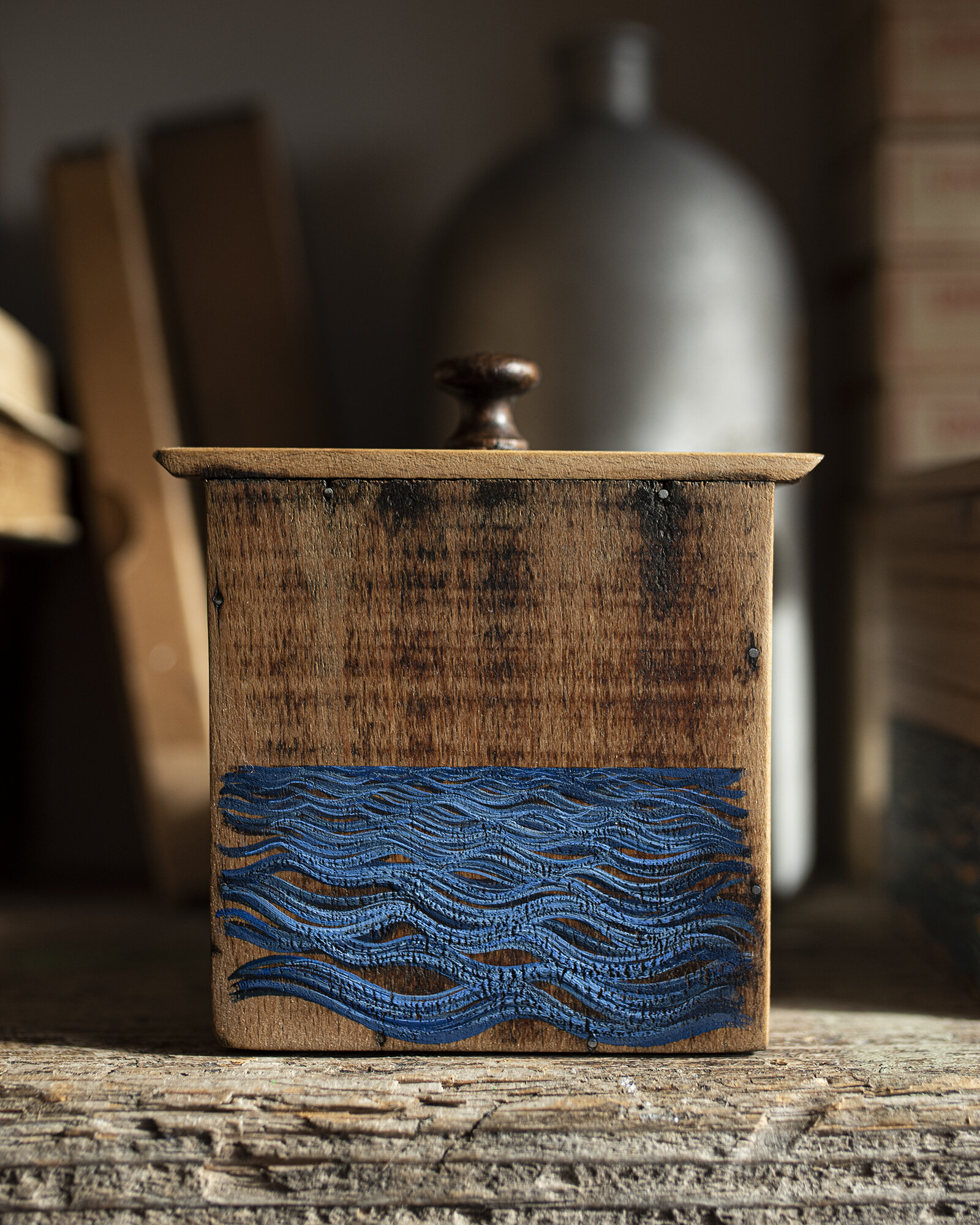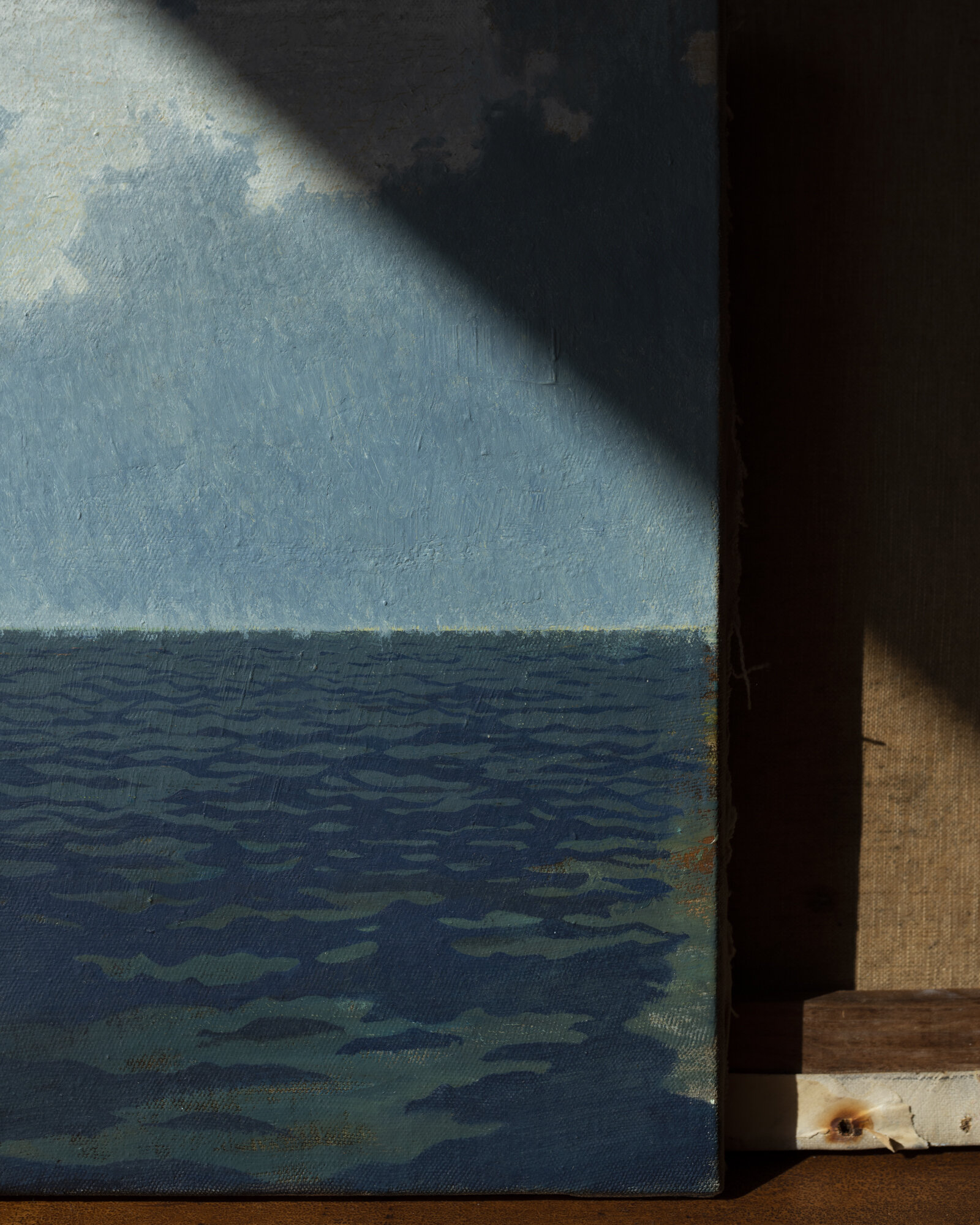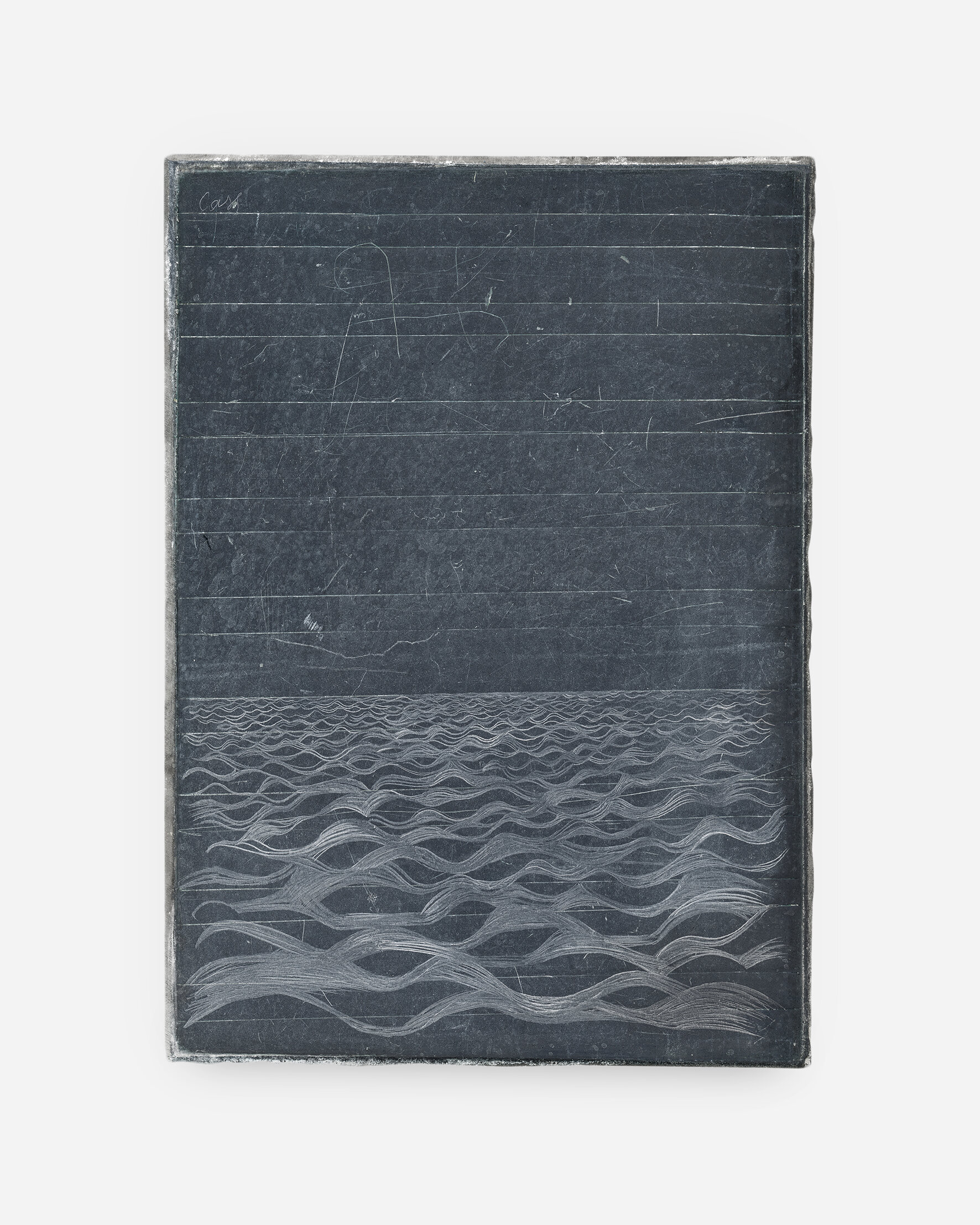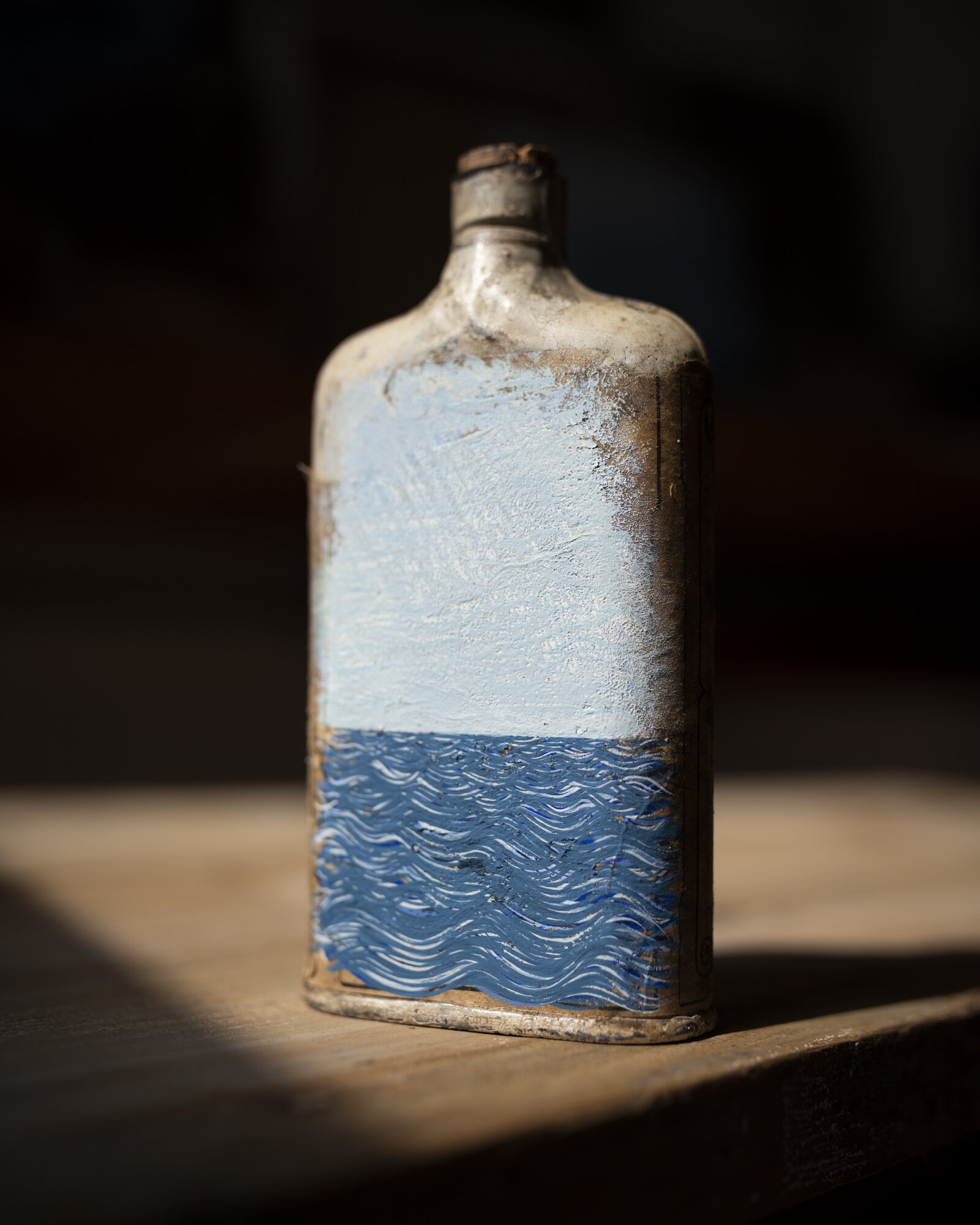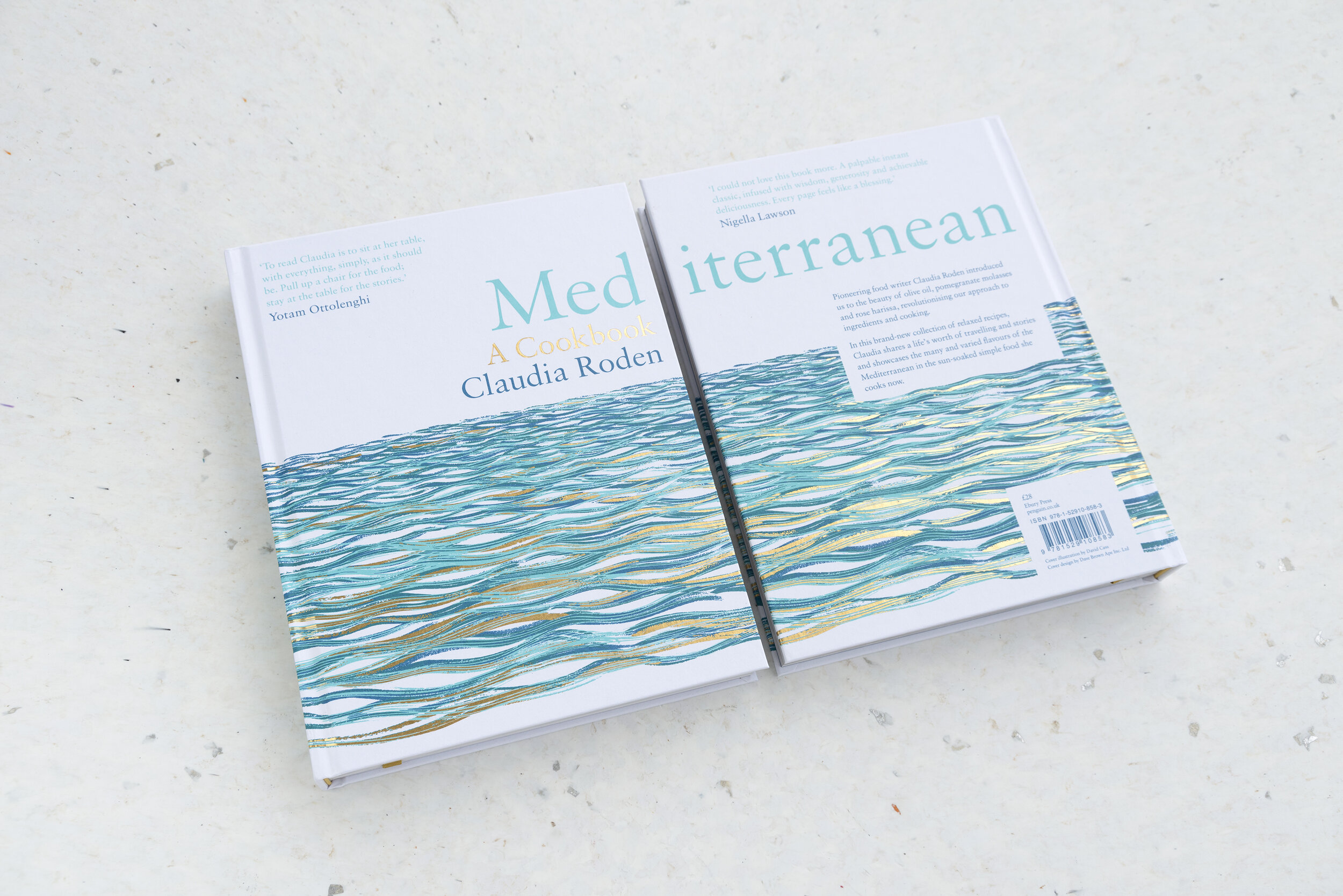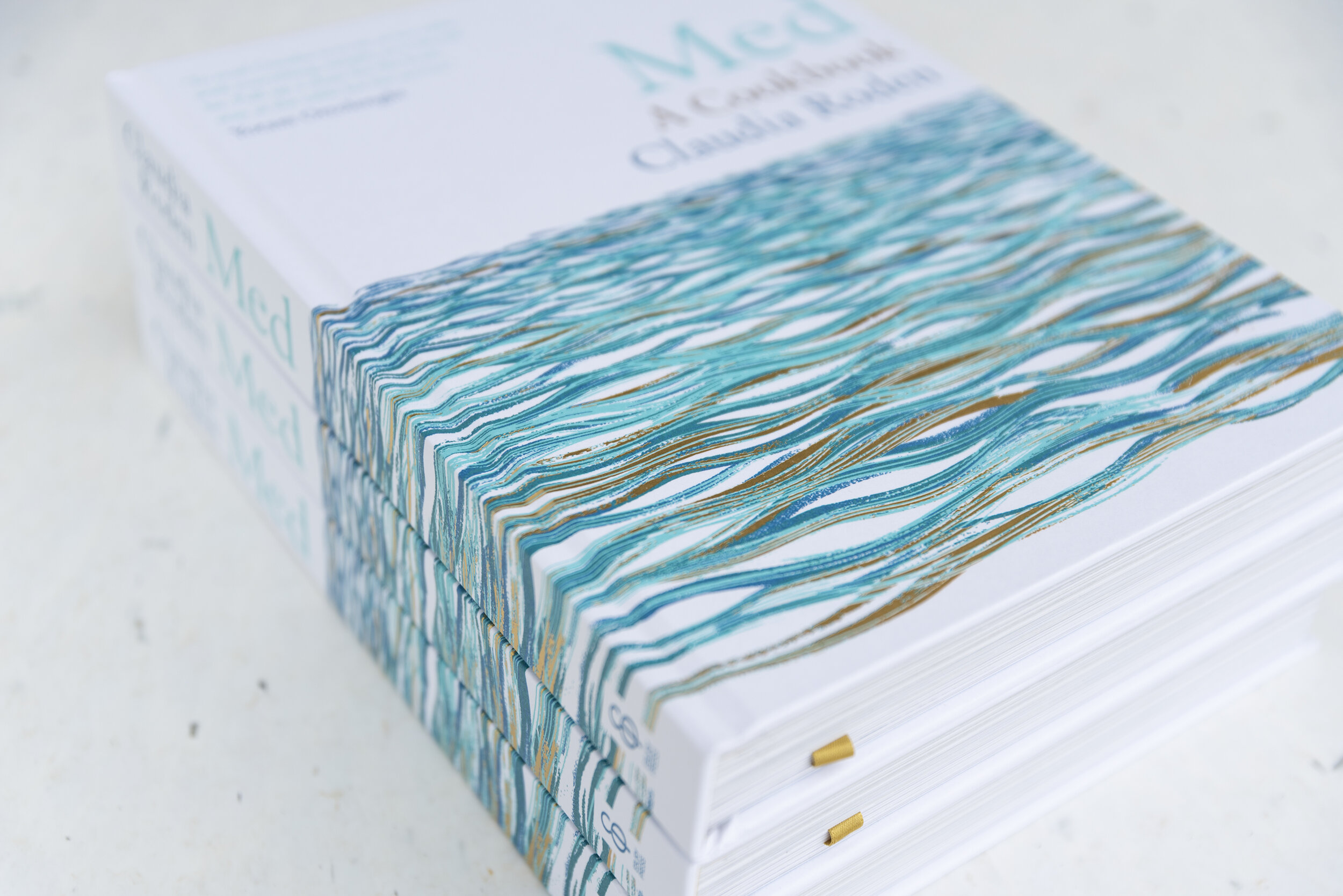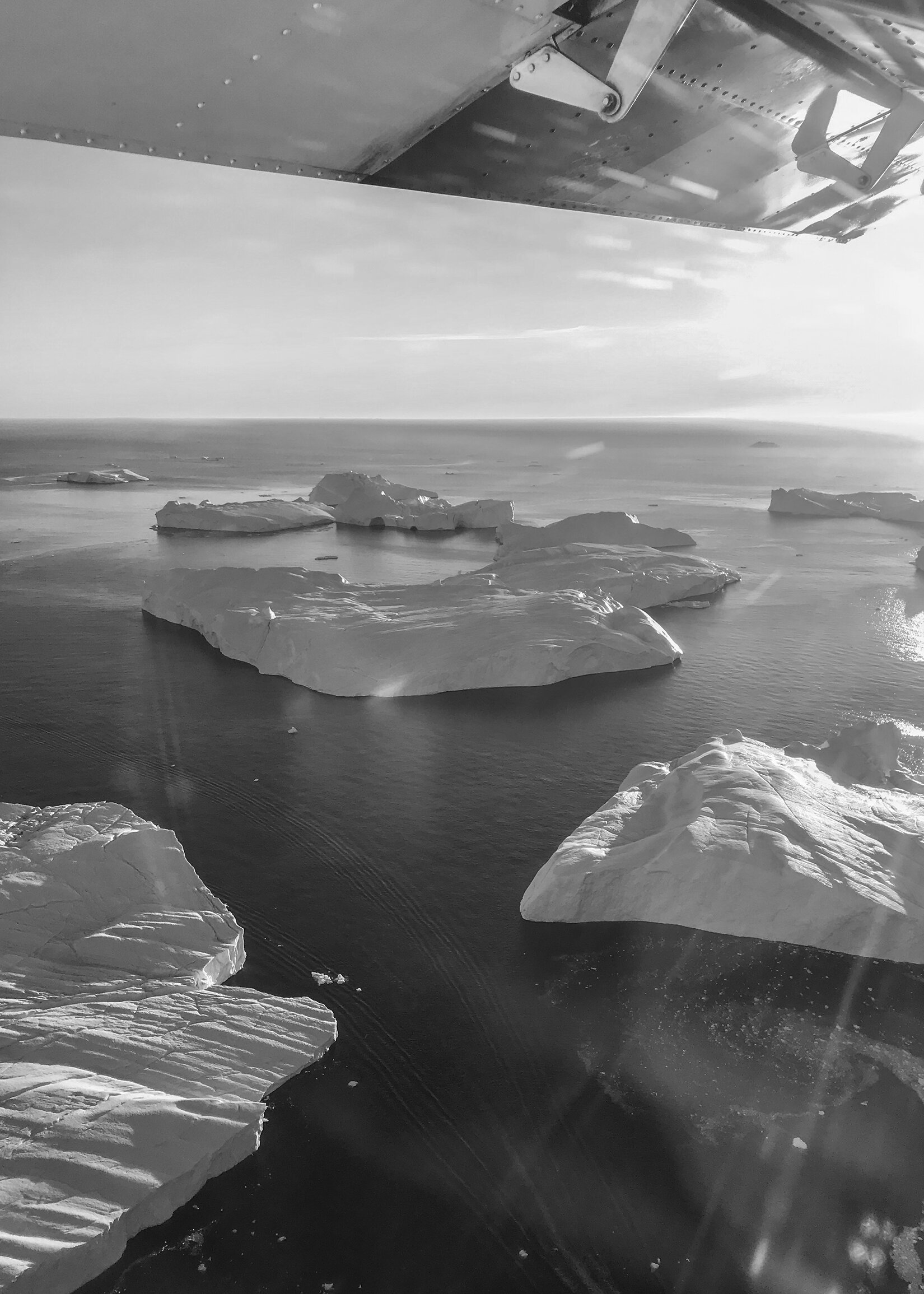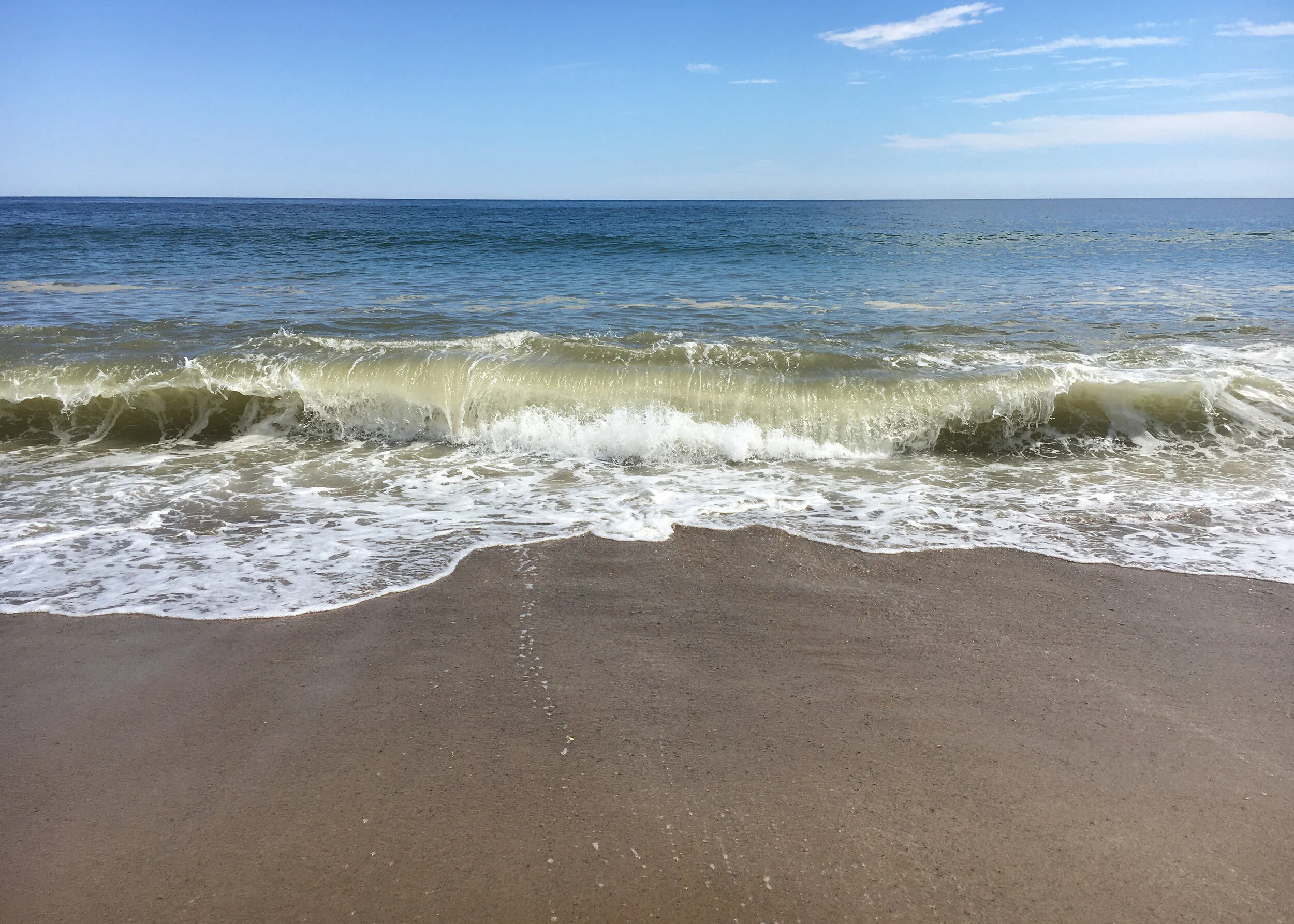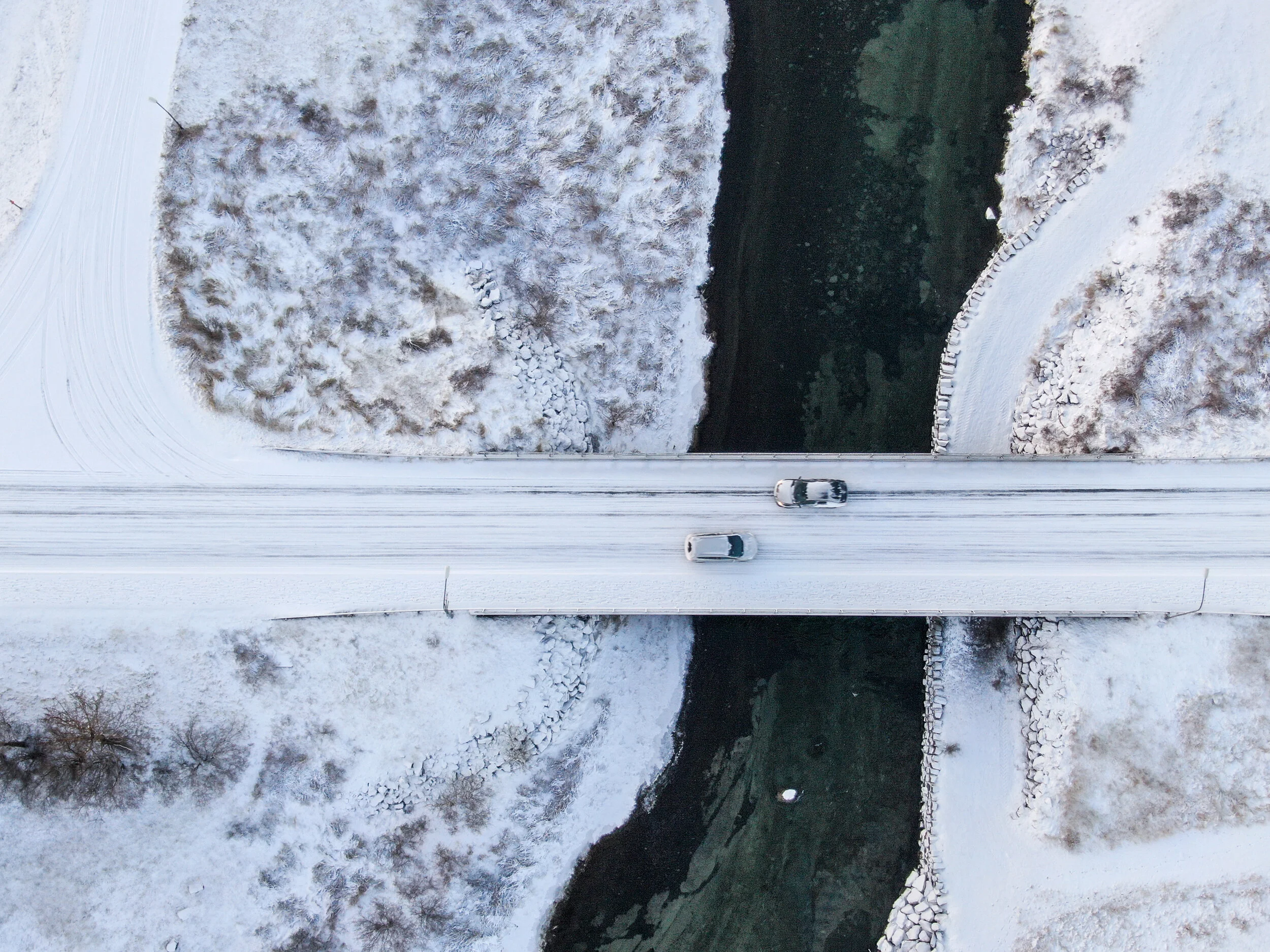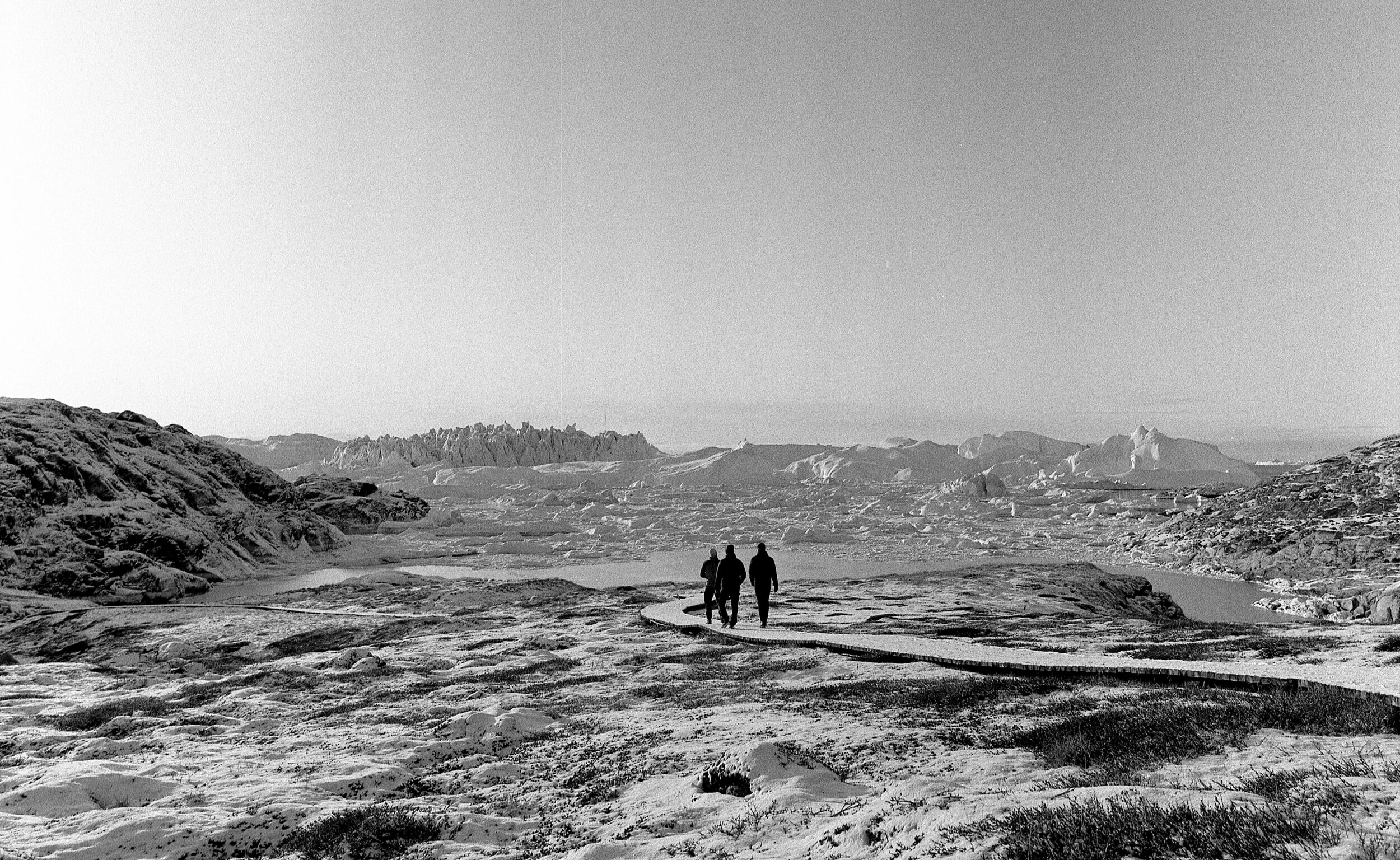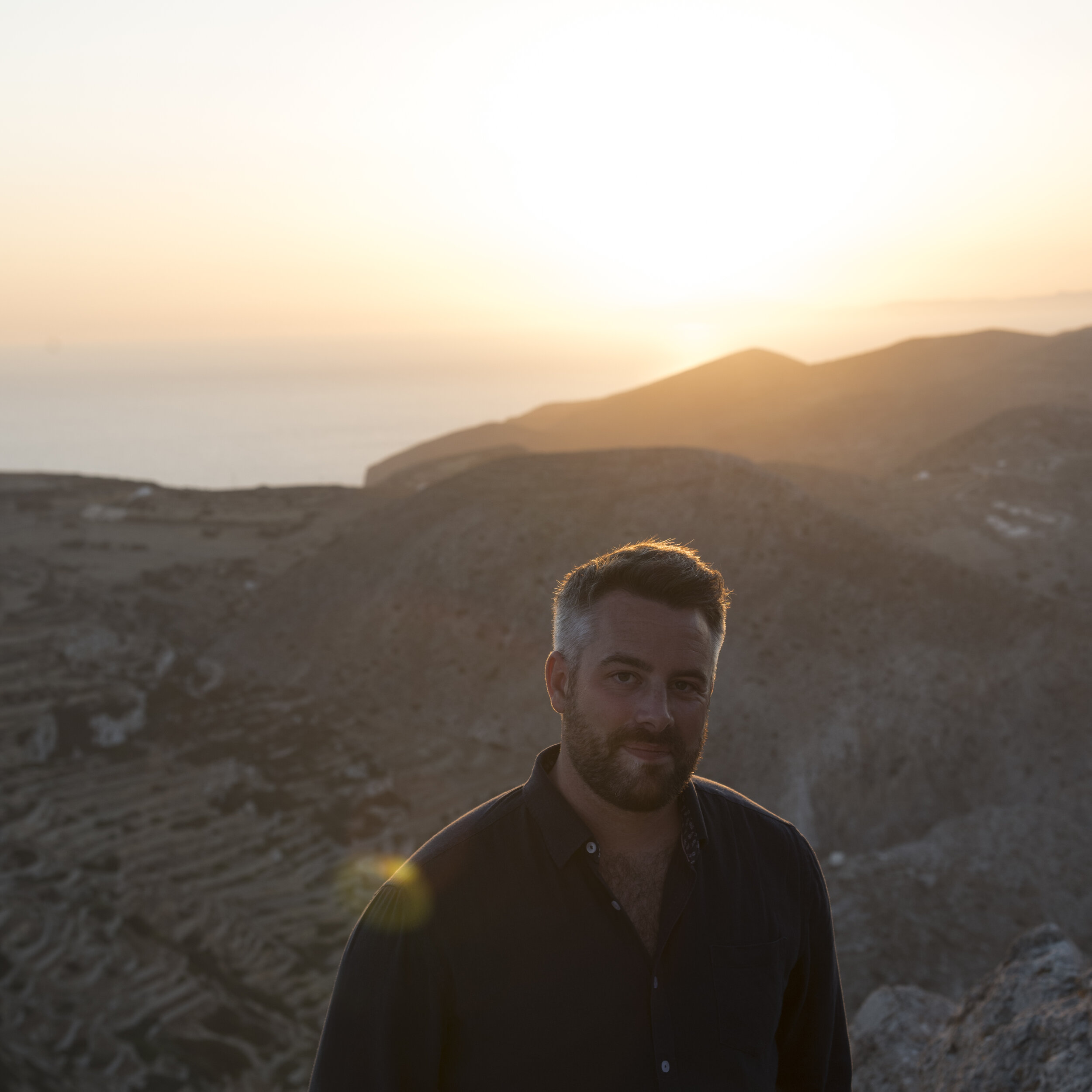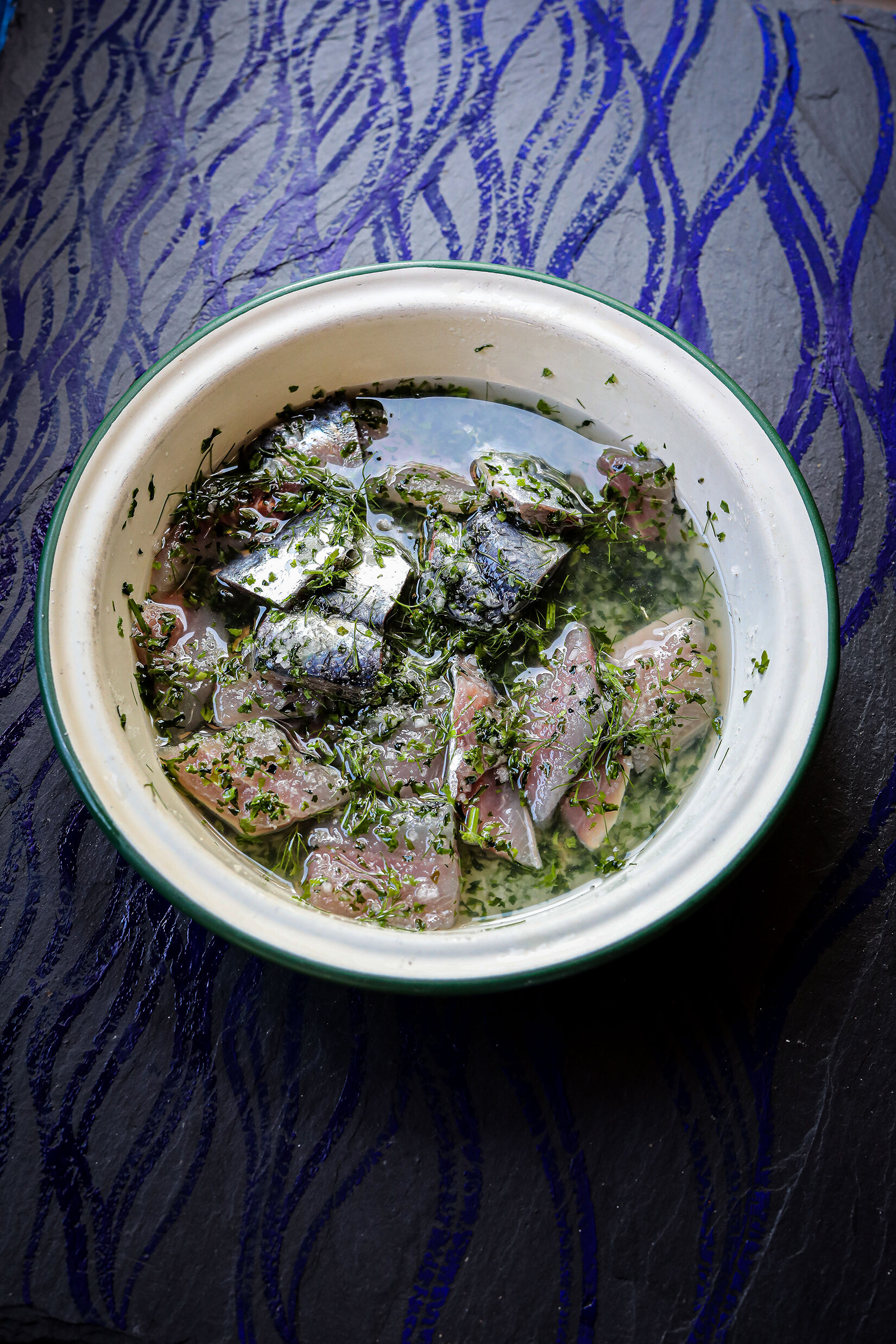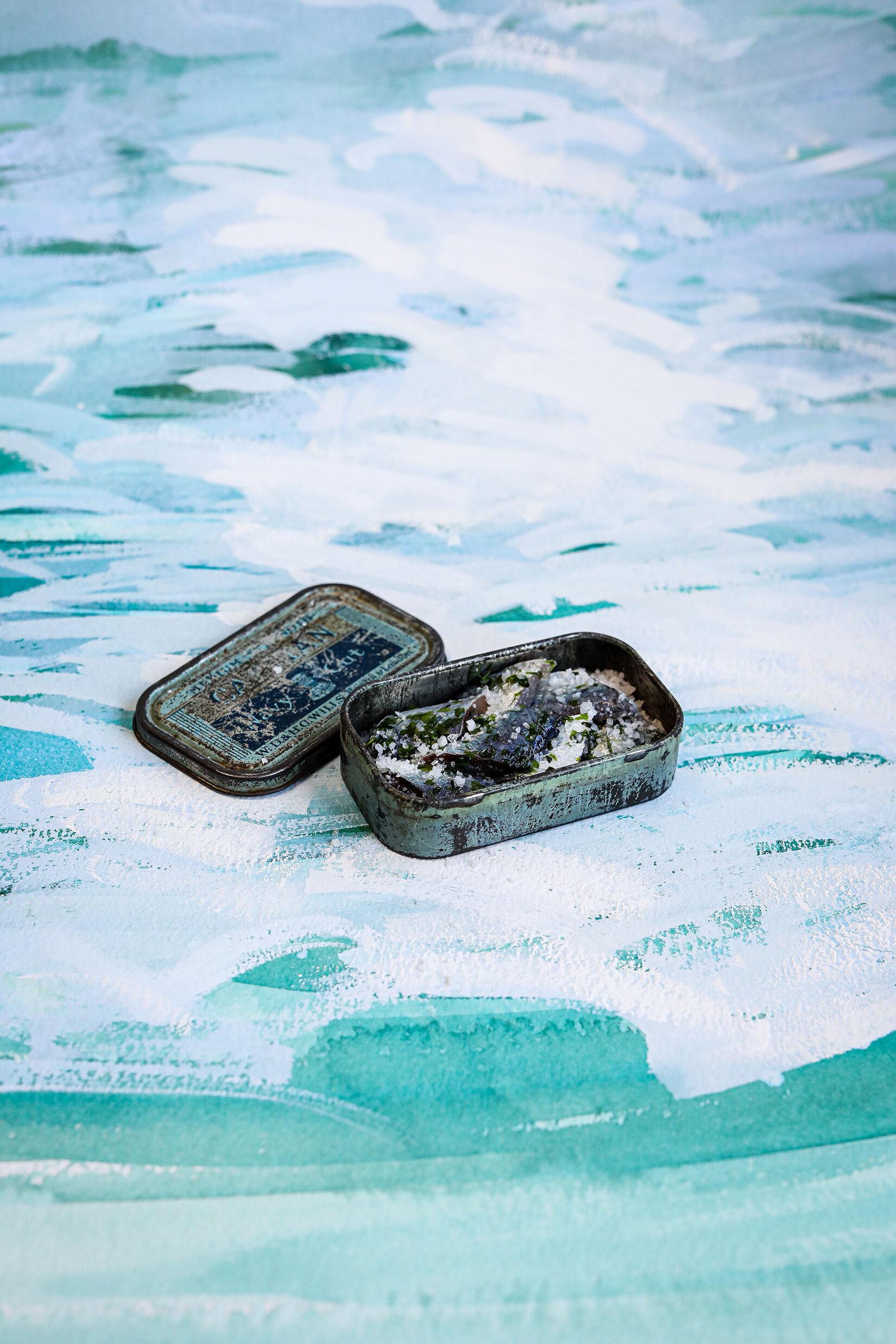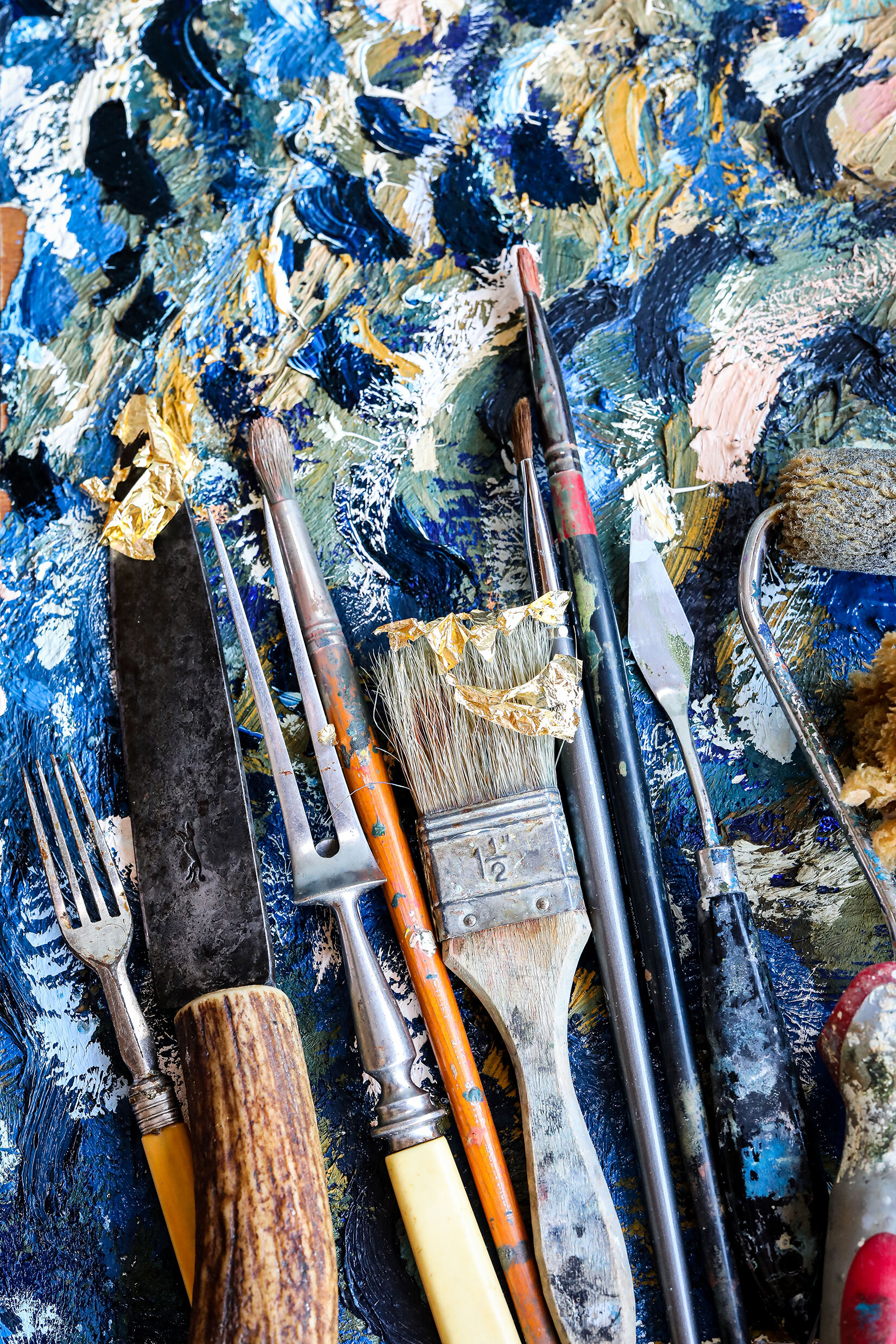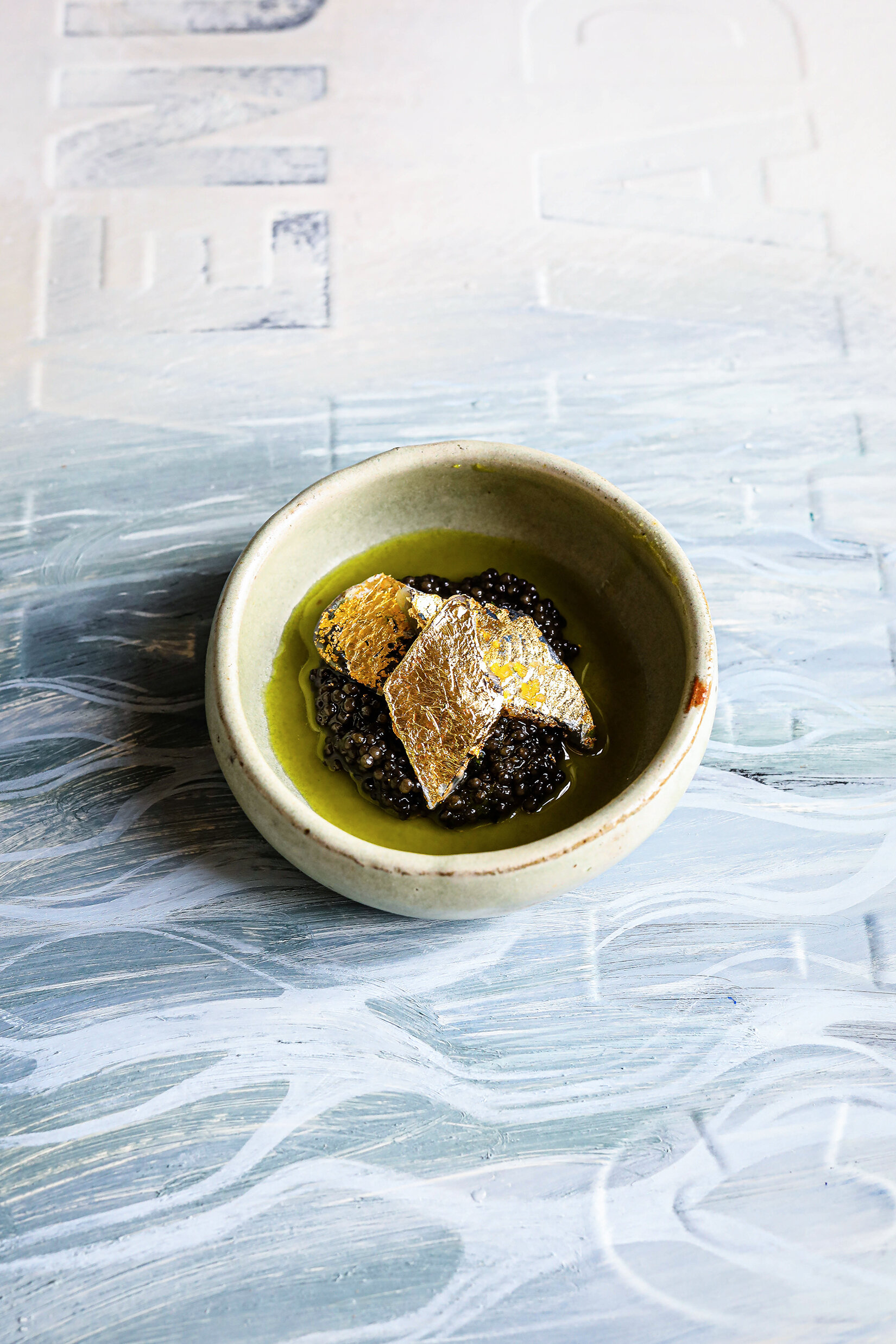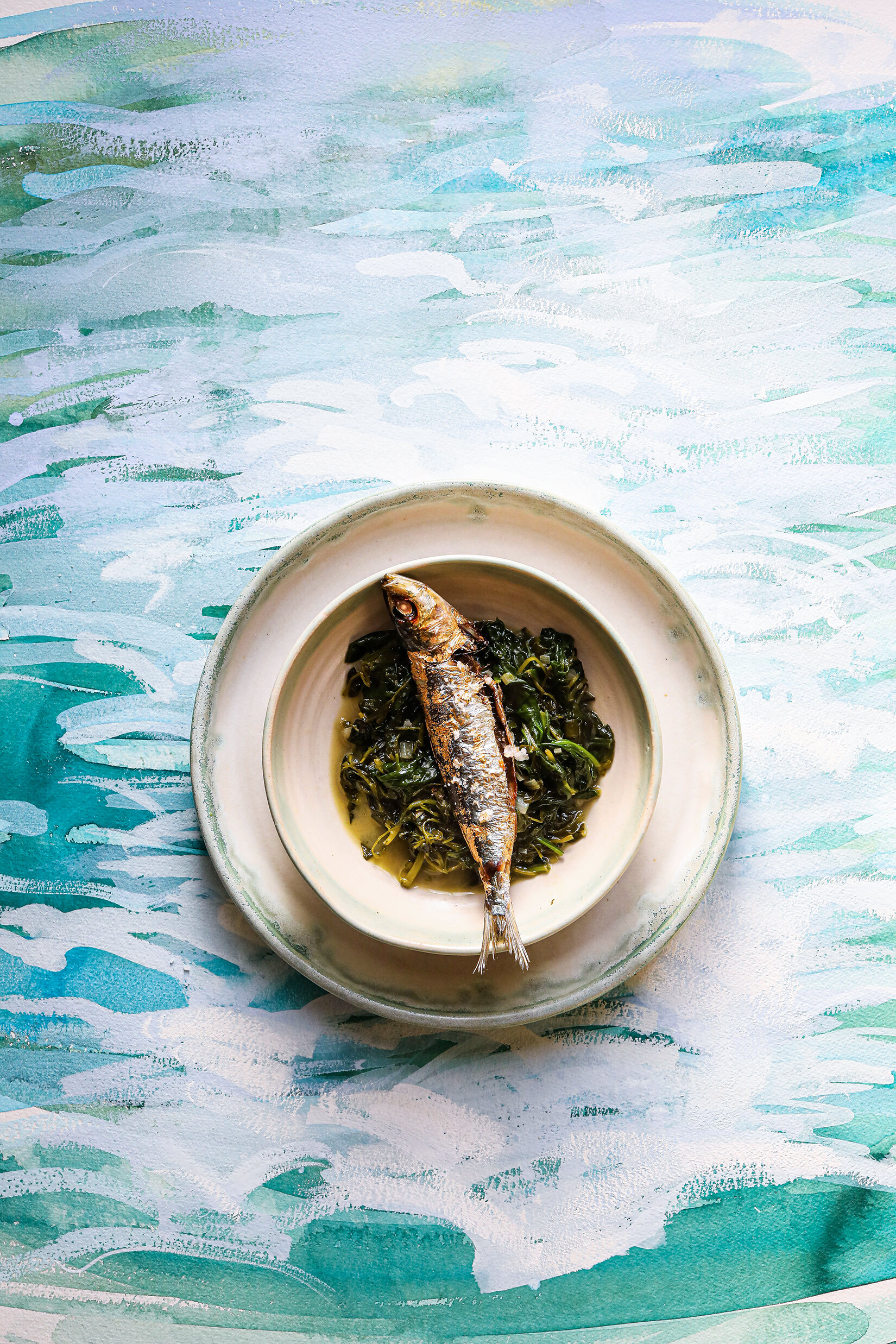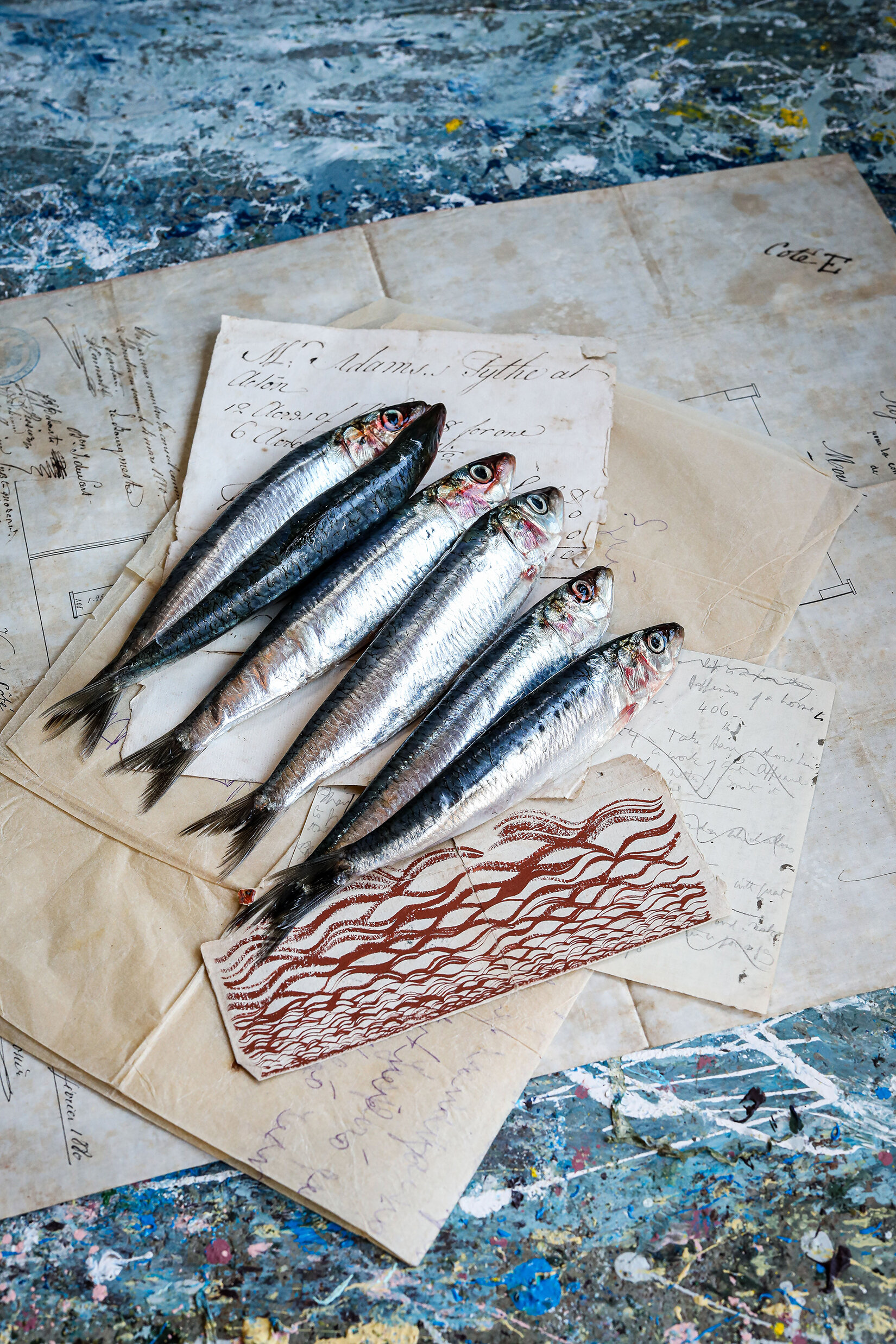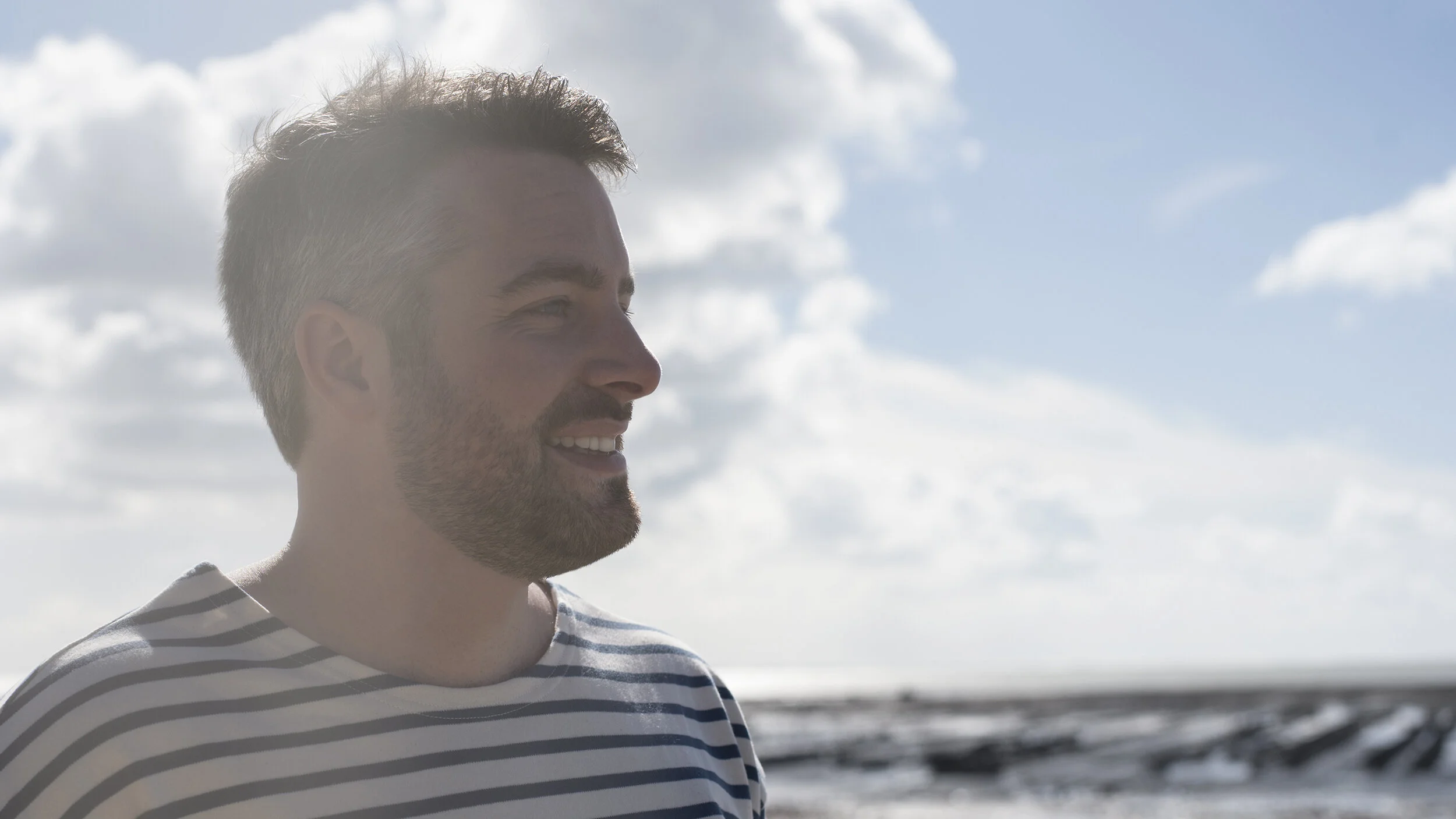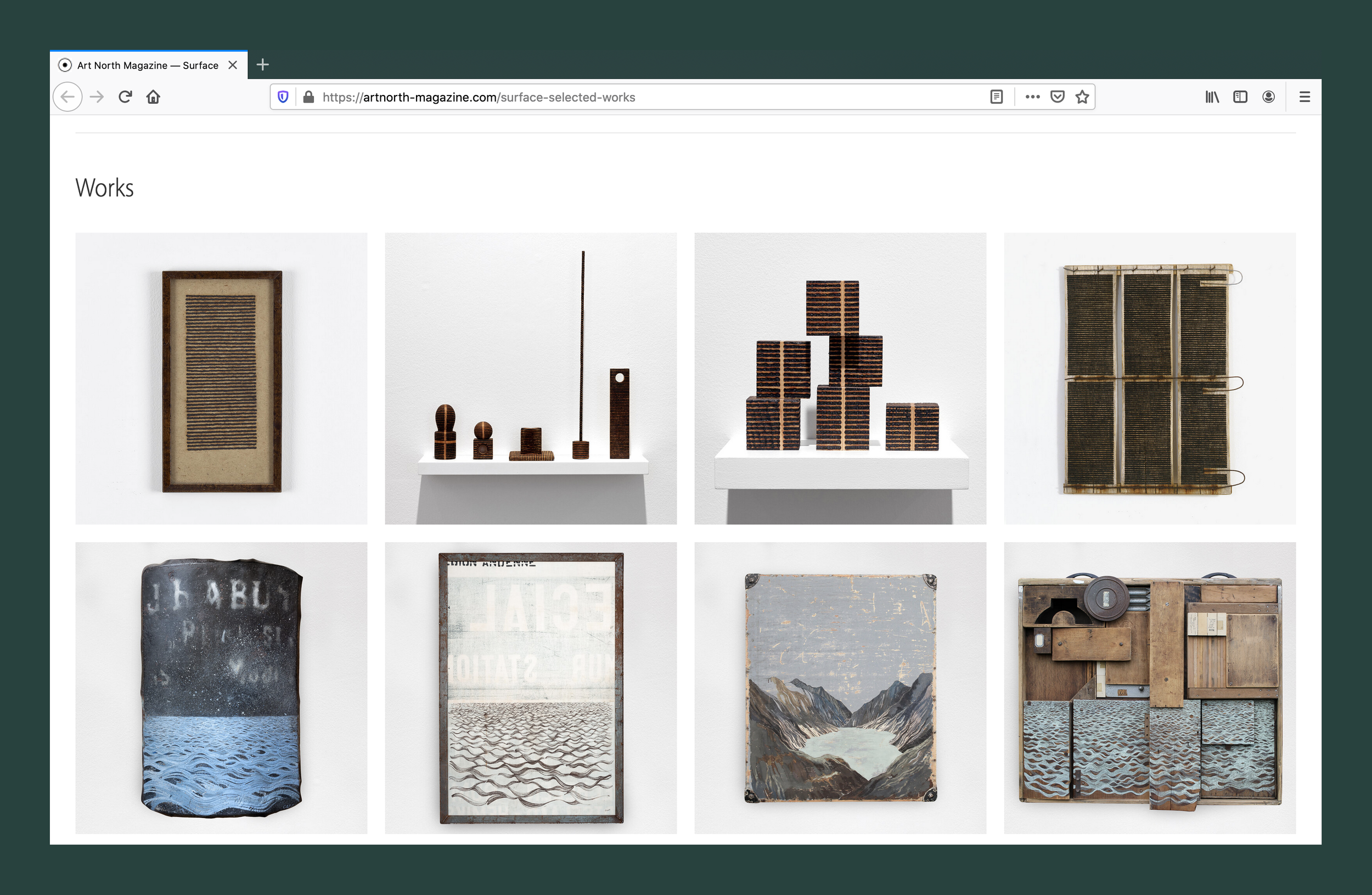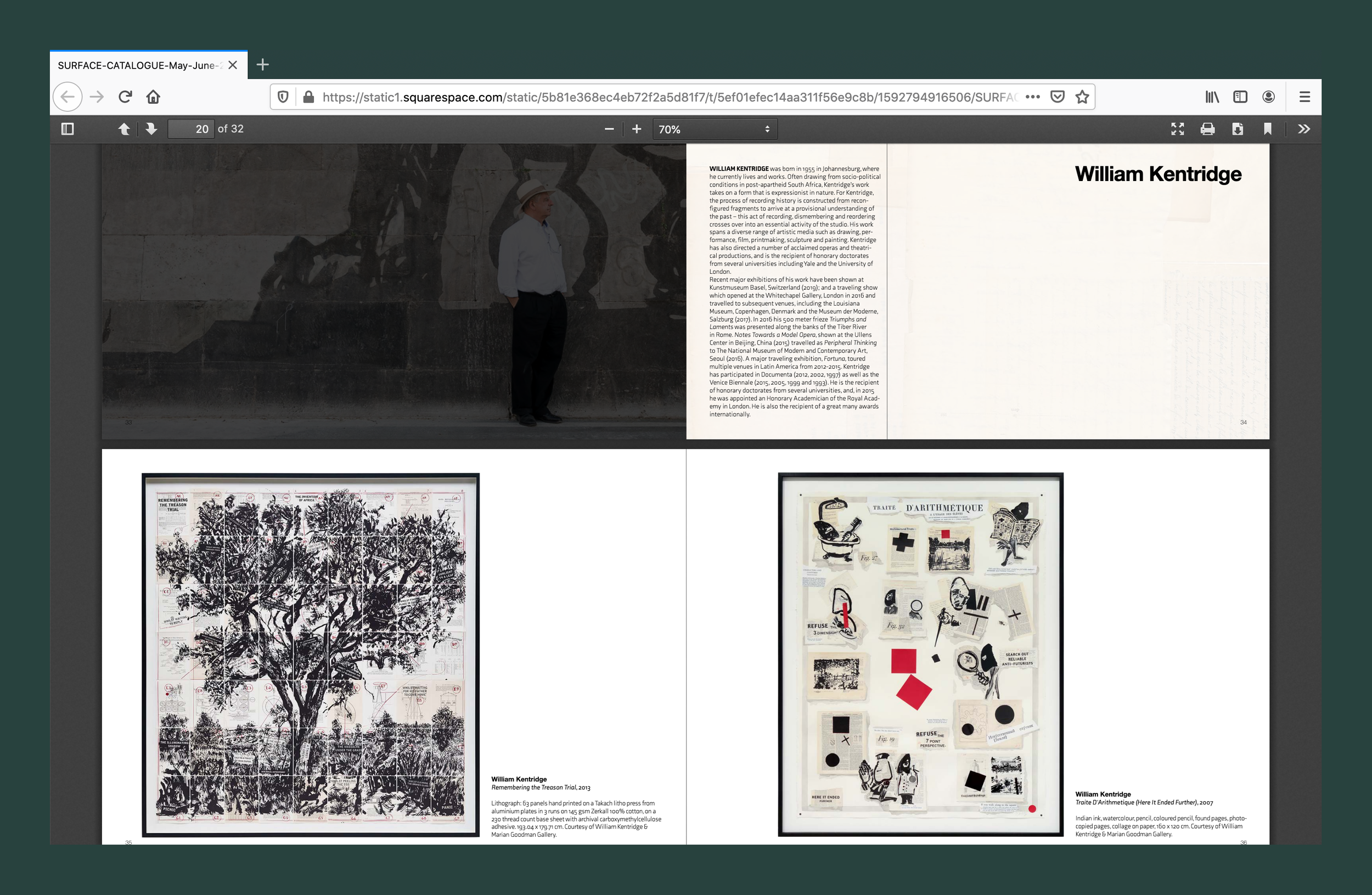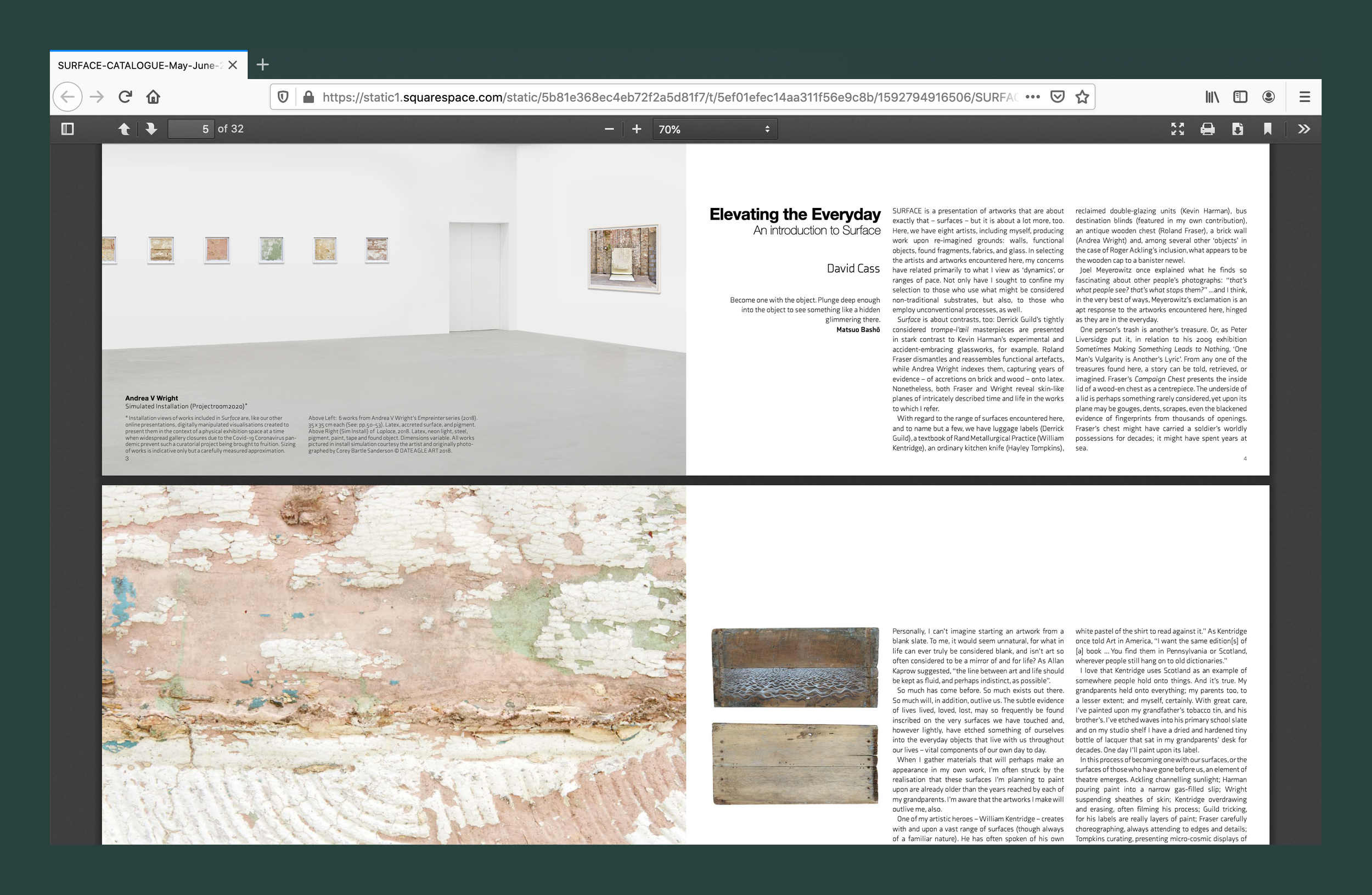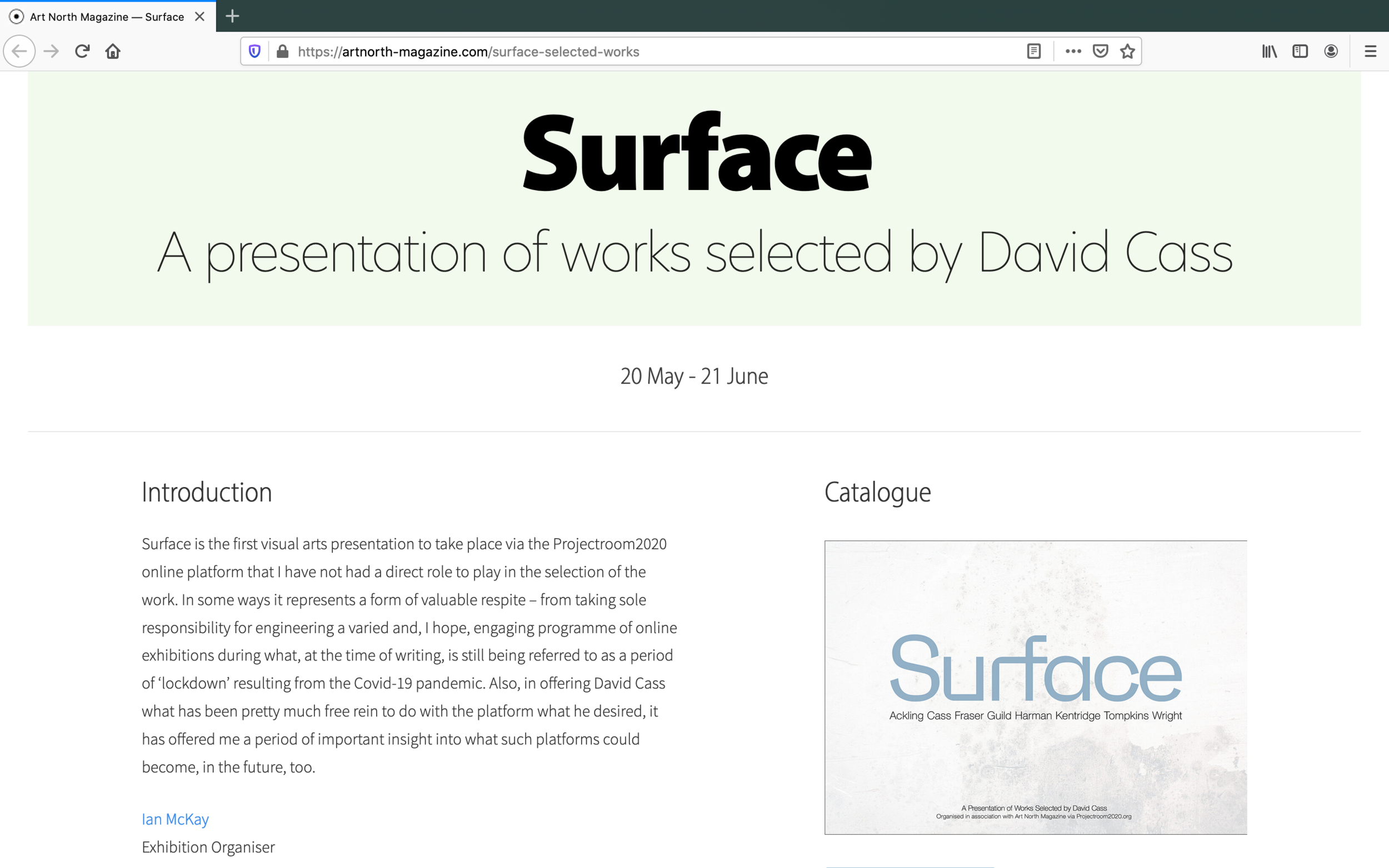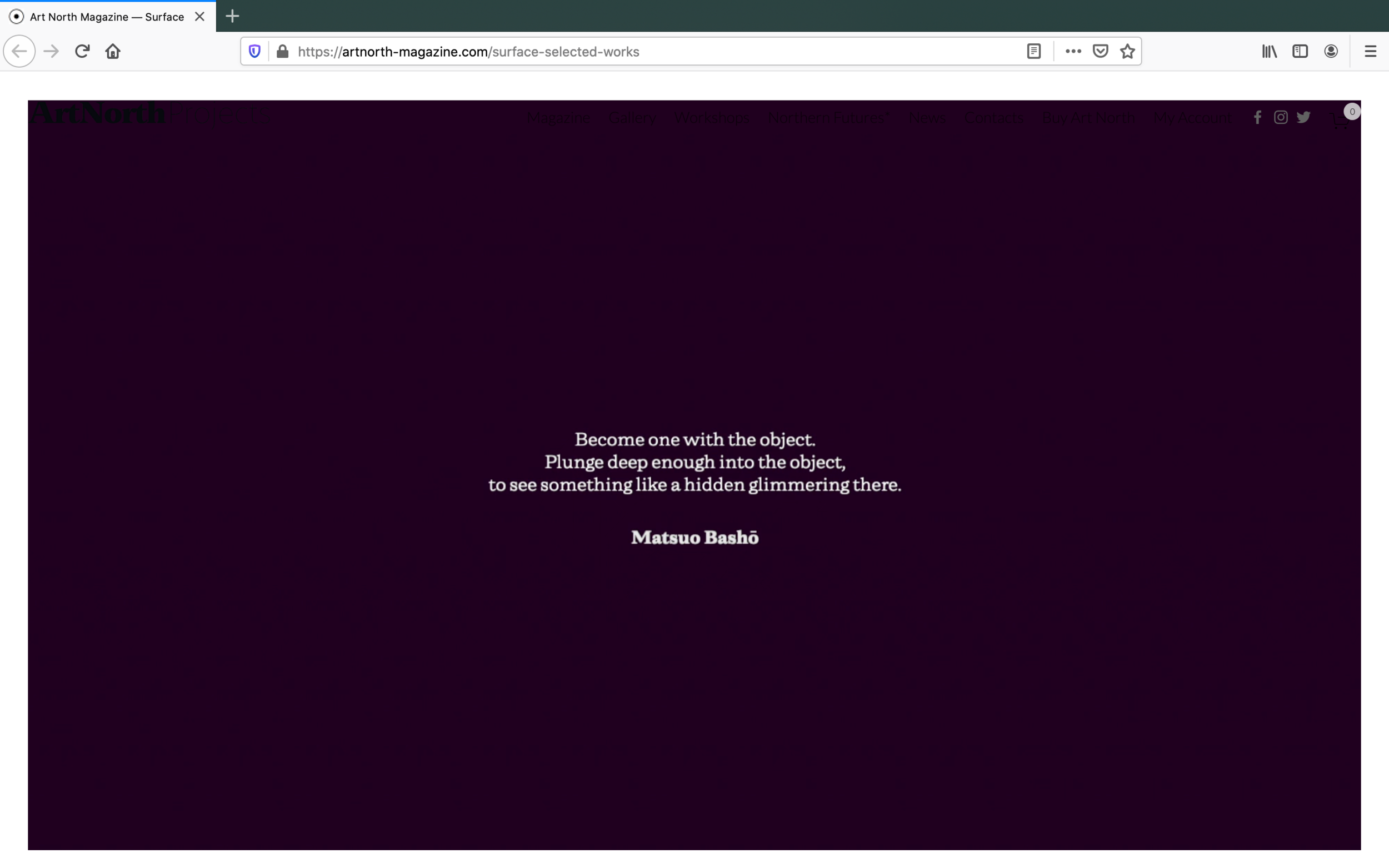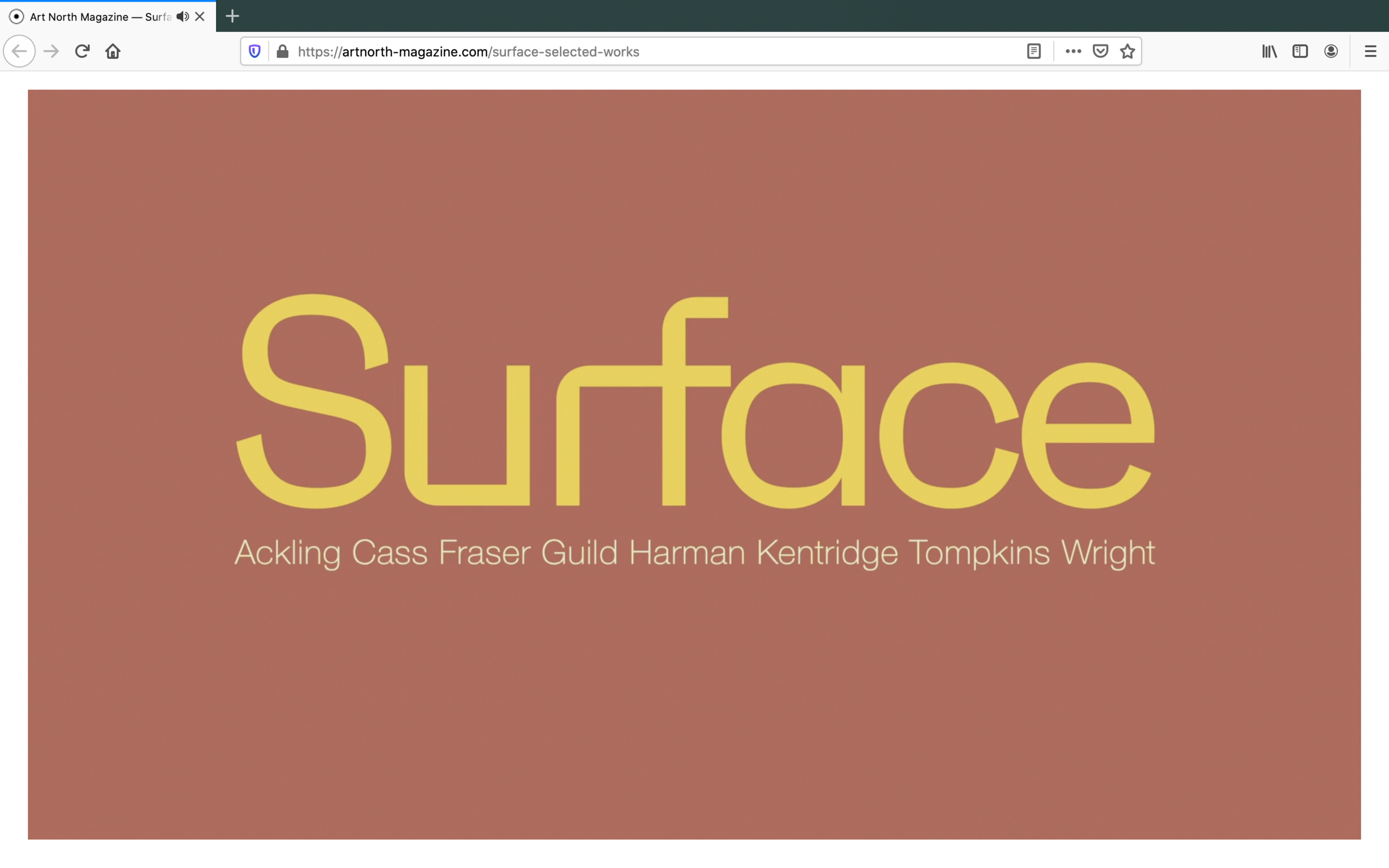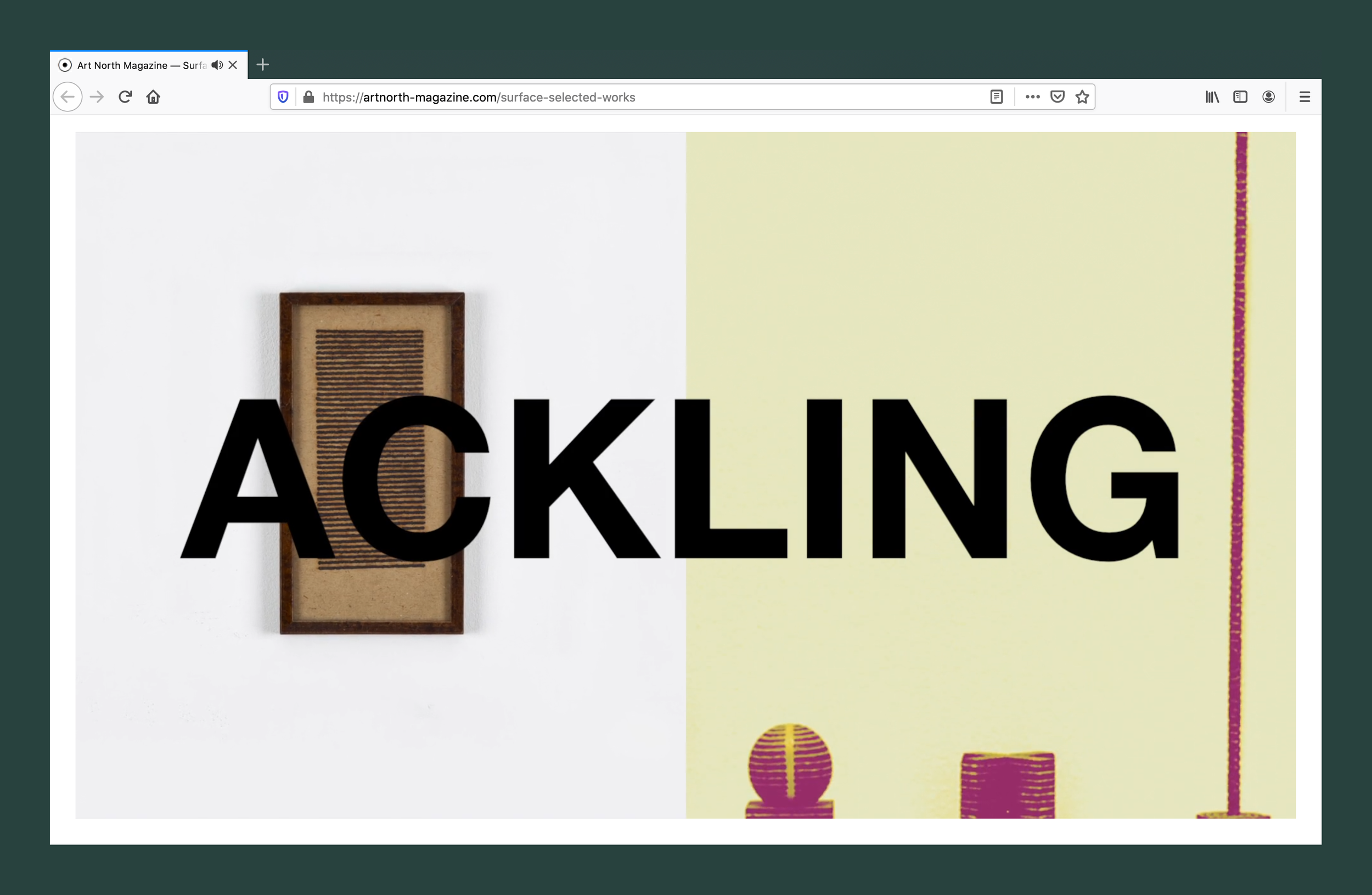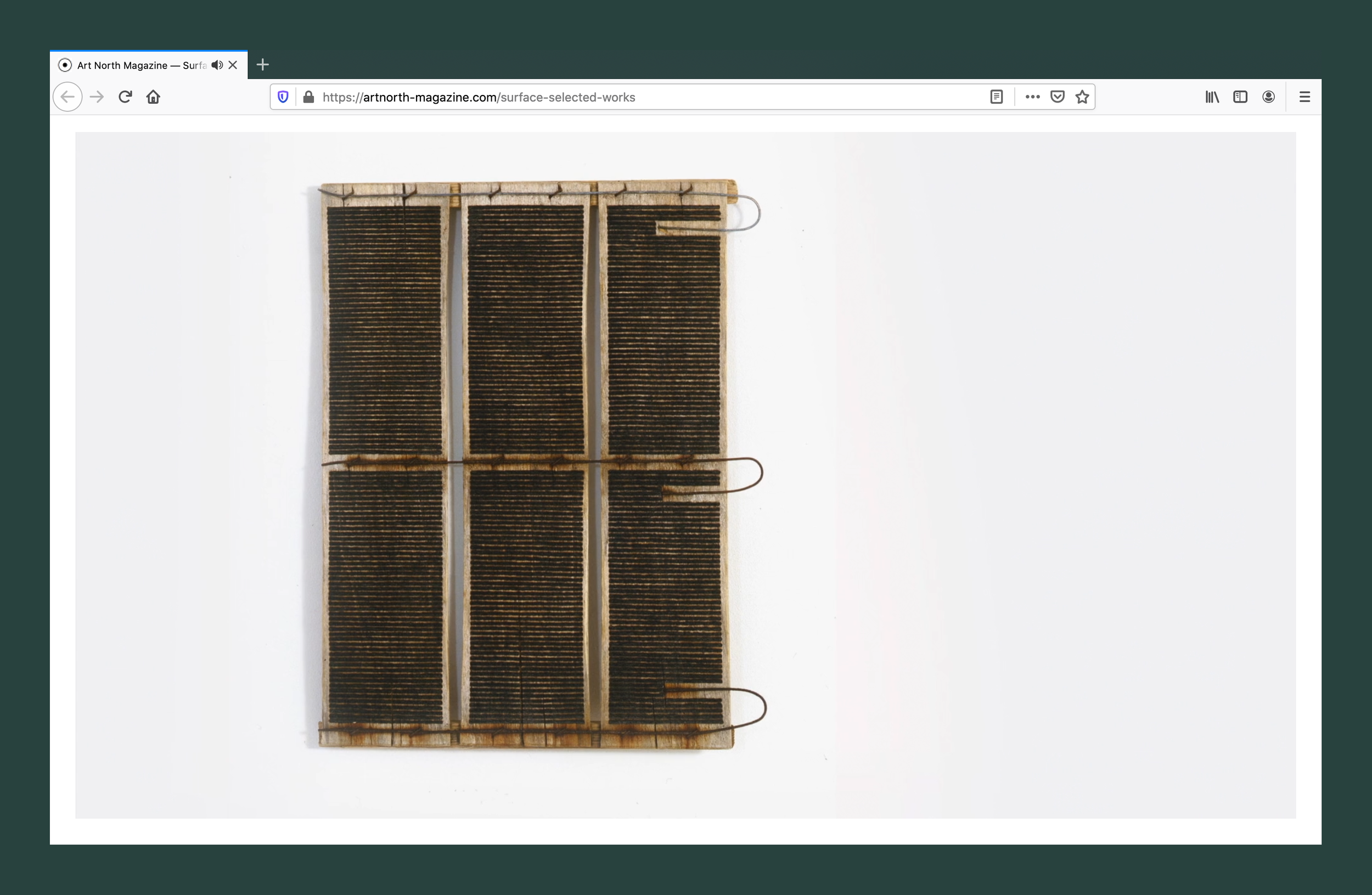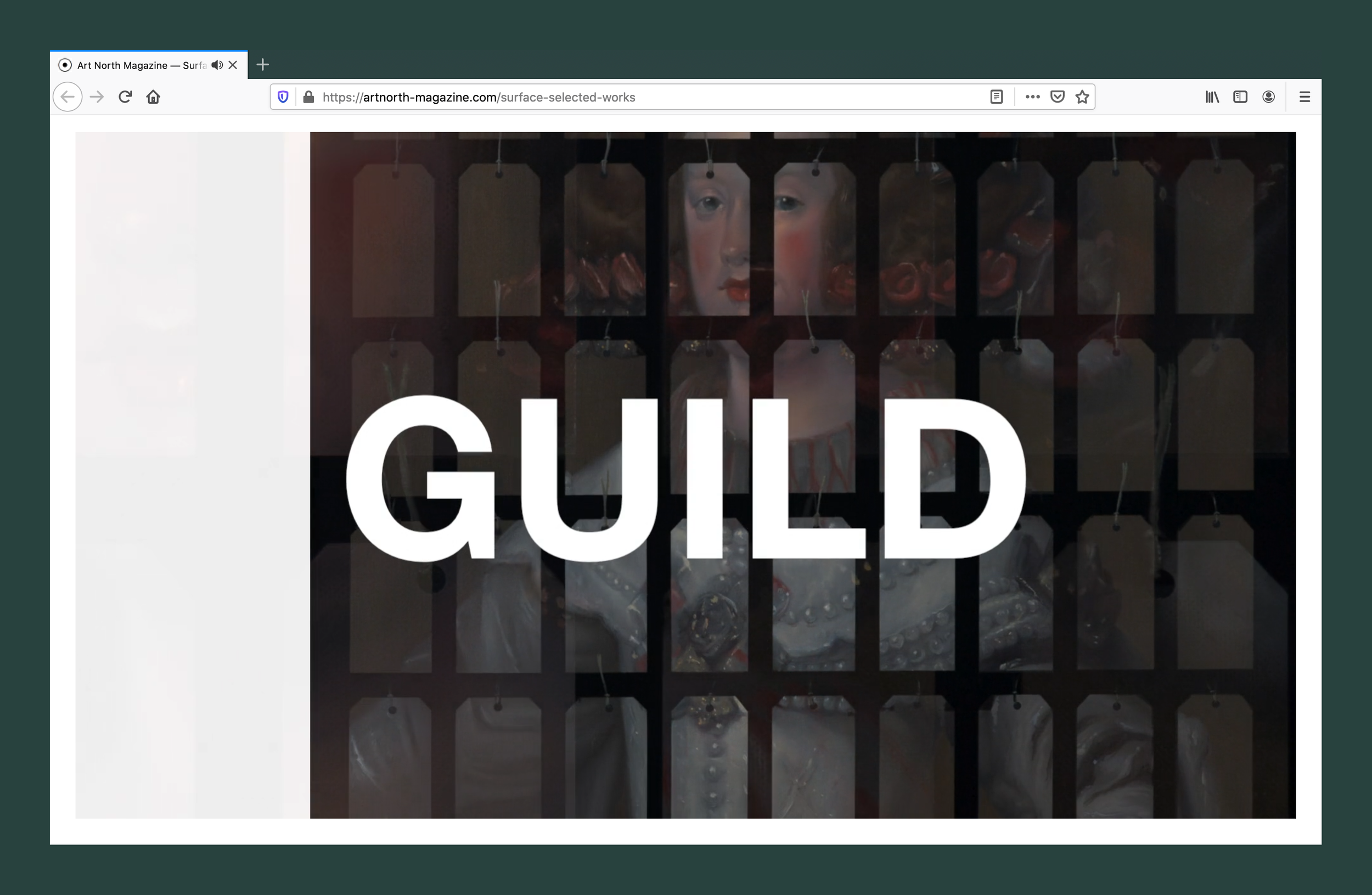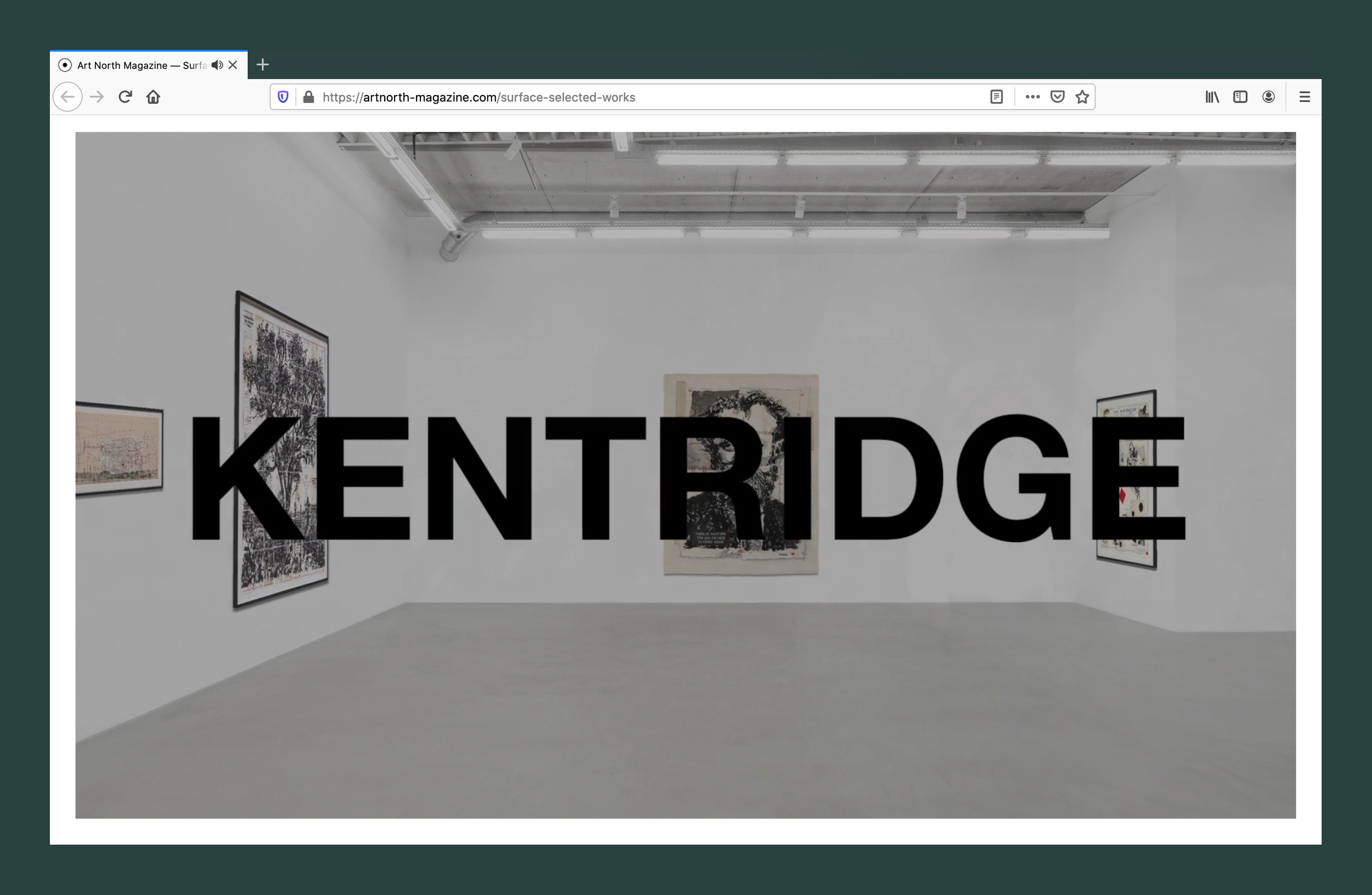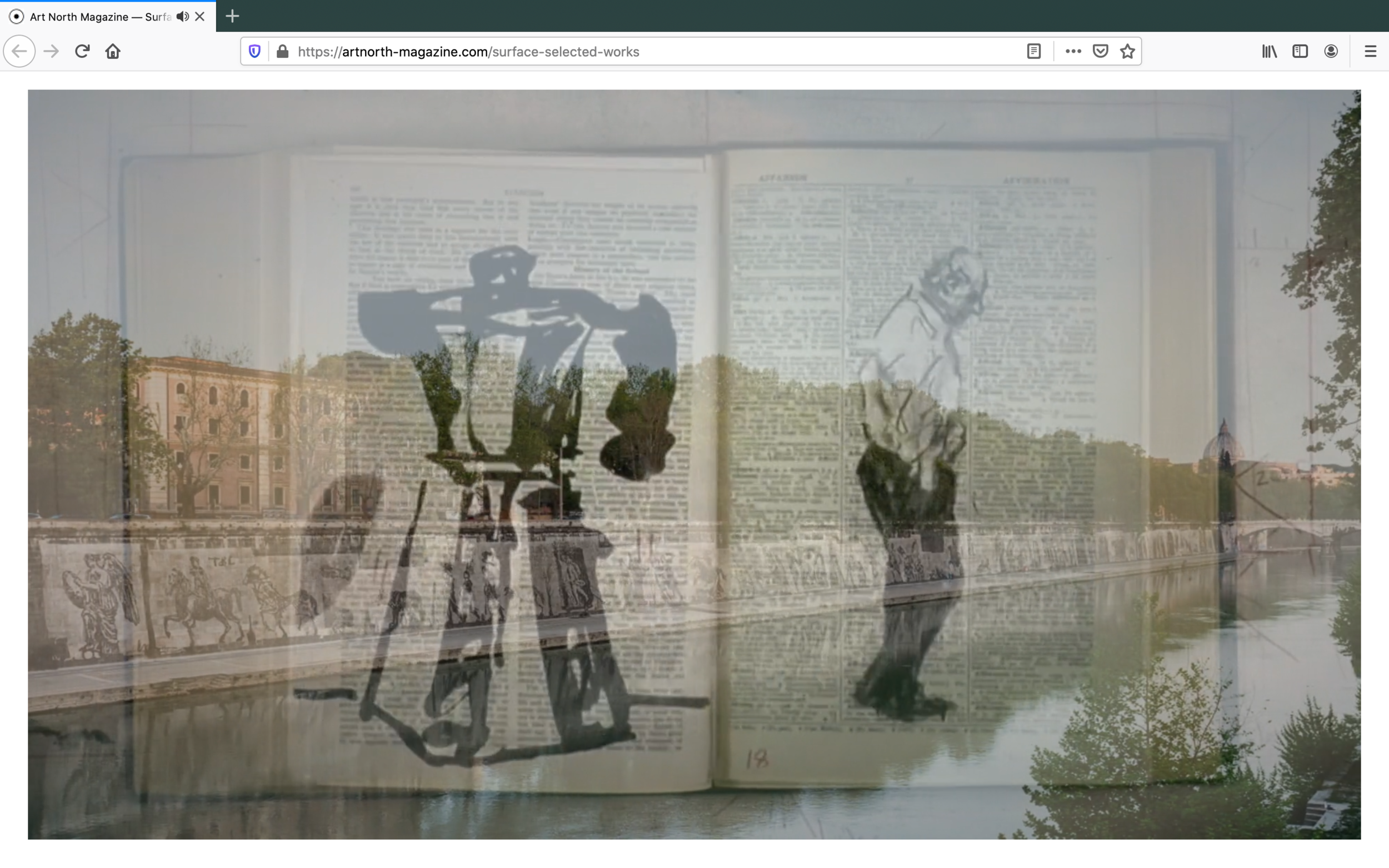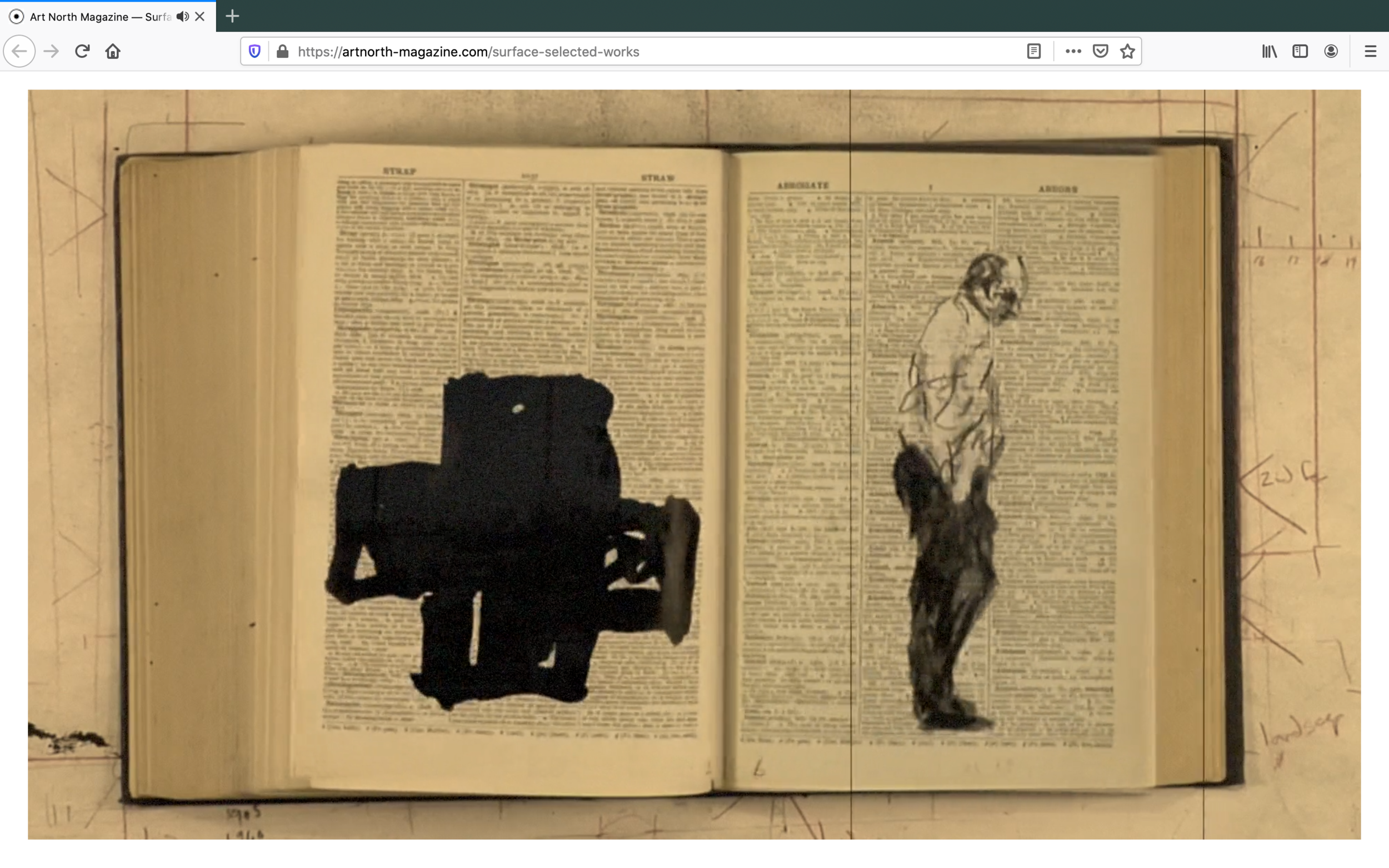We know that sea levels are rising. However, due to various factors, the rate of rise around the world is not even. Some locations are experiencing more dramatic changes in sea level and more frequent inundation. In an effort to bring home – to personalise – this significant topic and offer relatable figures, over the last few years I’ve been working on a project that seeks to discover how much the seas closest to our birthplaces have changed, relative to land, across our lifetimes.
Based on long-term local measurements gathered by various oceanographic organisations, my aim has been to present sea level readings specific to each of us, in one large-scale artwork. The principal result of this project is set to be exhibited during April and May, alongside a new set of 365 sea paintings, at the 2022 Venice Biennale. This is your last call to volunteer your data for the Venice display – by providing your (first) name, birth-year and birth-place; the level of sea-rise at the closest coast to your birthplace will be calculated and added to the artwork: davidcass.art/whereonce.
My hope is that the project will continue, and that the artwork grows. For this reason, I’ll keep the above linked sea level survey open indefinitely. The cut off for the Venice presentation is March 31st 2022, any data entered after this date will be used in future variations of the exhibition.
Richiesta di partecipazione
Come ben sappiamo l'innalzamento del livello dei mari è in corso. Molti fattori influenzano la velocità di questo fenomeno in diverse aree del mondo. Alcune località geografiche – tra cui Venezia – sono colpite più pesamente di altre.
Nel tentativo di trasmettere questo significativo messaggio ed offrire dei numeri familiari, l'artista David Cass sta lavorando ad un progetto per scoprire di quanto il mare si sia innalzato vicino ai nostri luoghi di nascita, durante la nostra vita.
Utilizzando i dati di varie organizzazioni oceanografiche, l'obiettivo di Cass è di presentare i valori di innalzamento dei mari specifici per ognuno di noi. Anche tu puoi prender parte a questo progretto. Aggiungi i tuo dettagli in: davidcass.art/whereonce.















